Flowers and Plants for Floral Design
1/200
Earn XP
Description and Tags
Name | Mastery | Learn | Test | Matching | Spaced |
|---|
No study sessions yet.
201 Terms
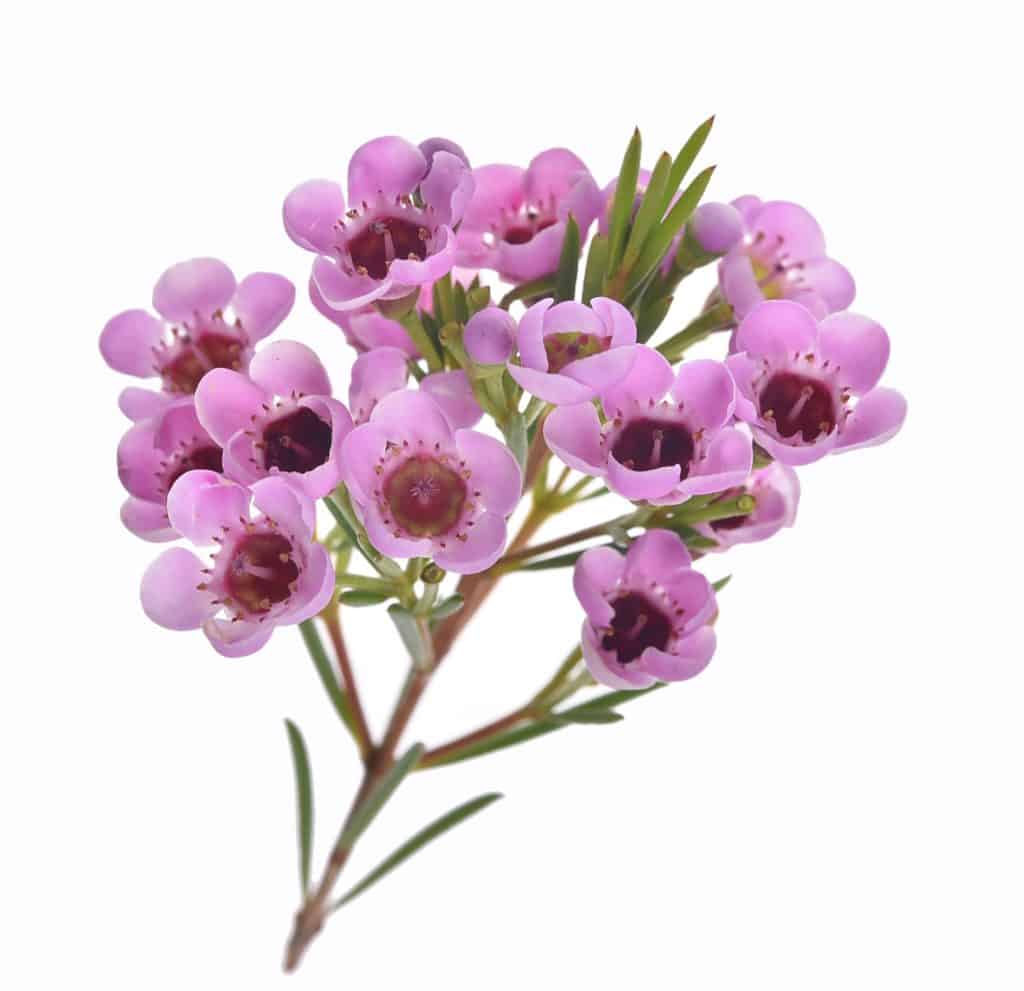
Waxflower
Chamelaucium
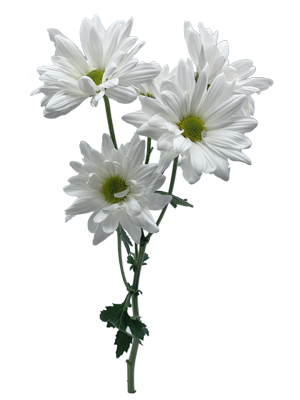
Daisy Pompon Chrysanthemum
Chrysanthemum
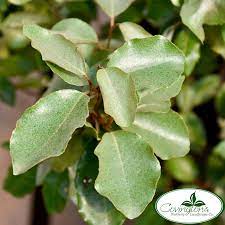
Eleagnus
Elaeagnus
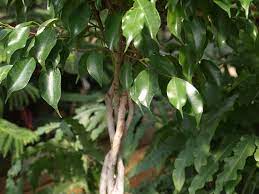
Weeping Fig
Ficus
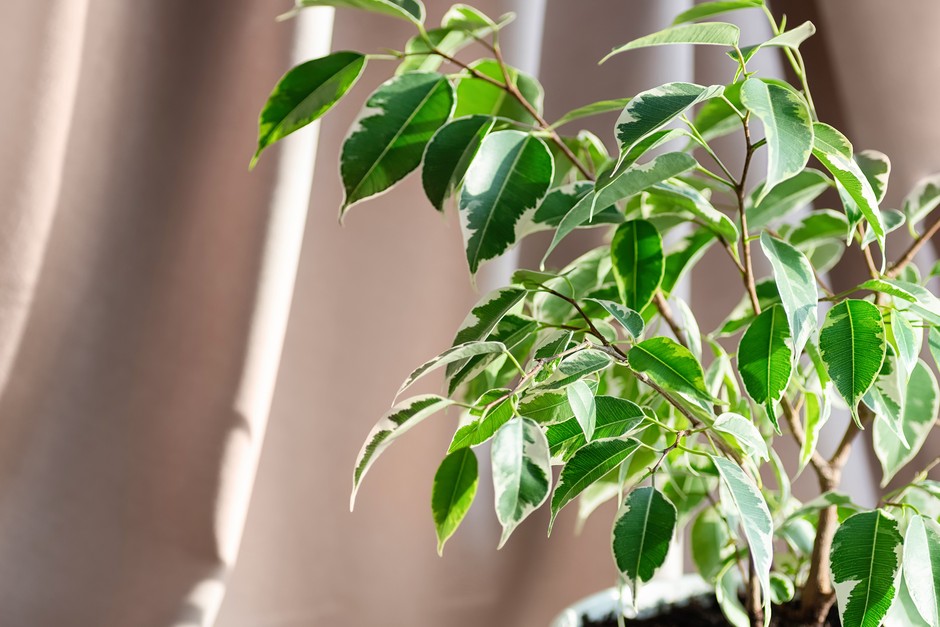
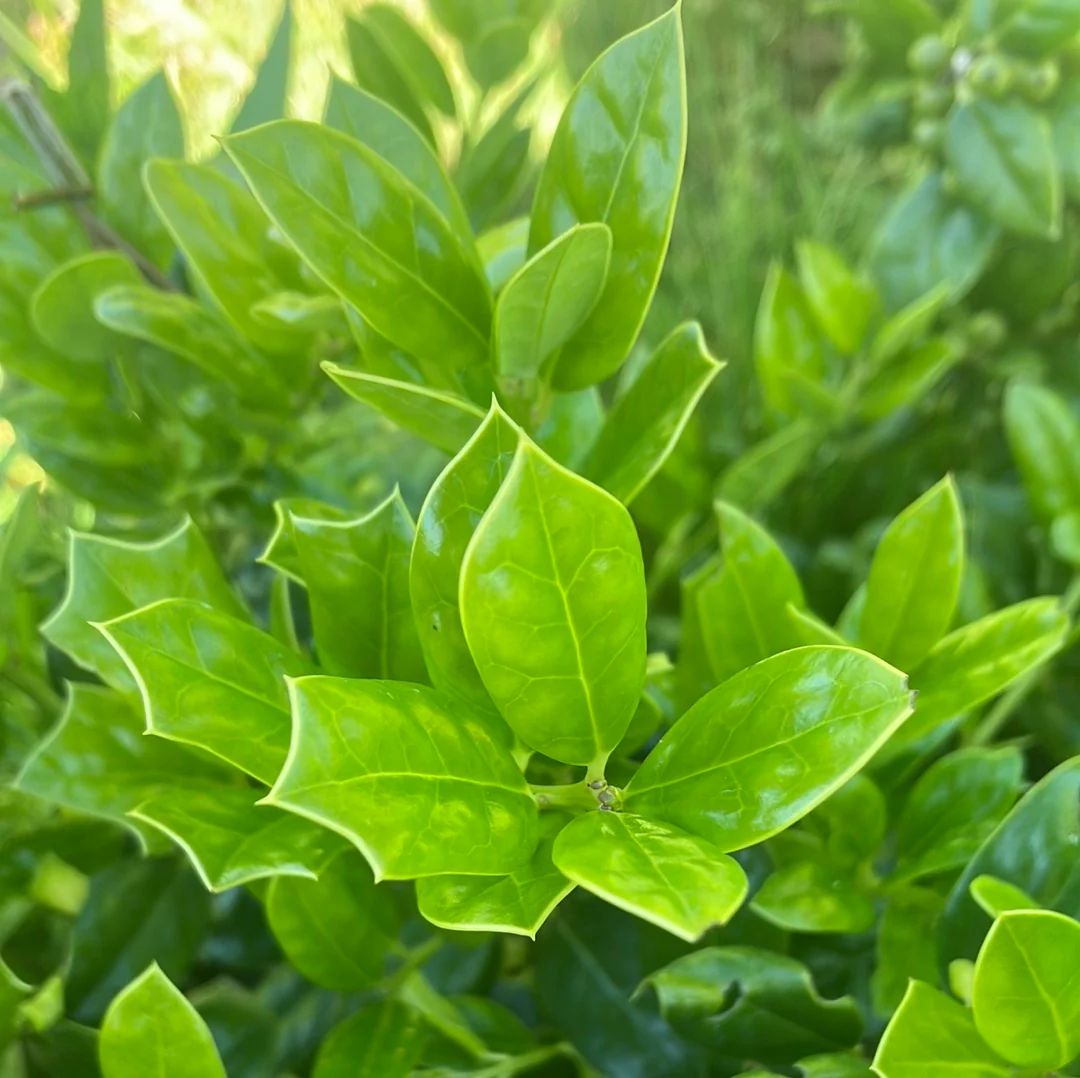
Burford Holly
Ilex
Floral Tape
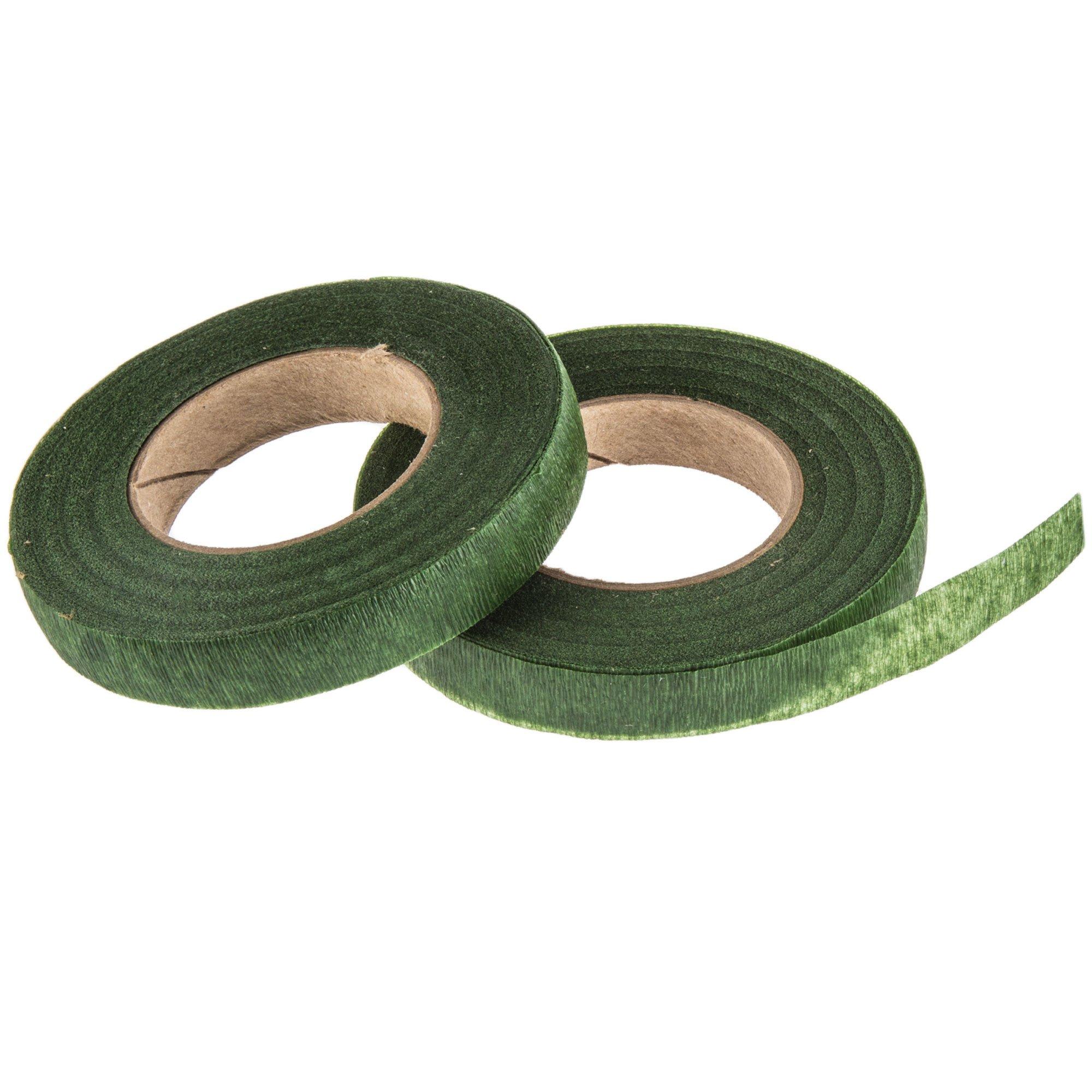
Floral Wire
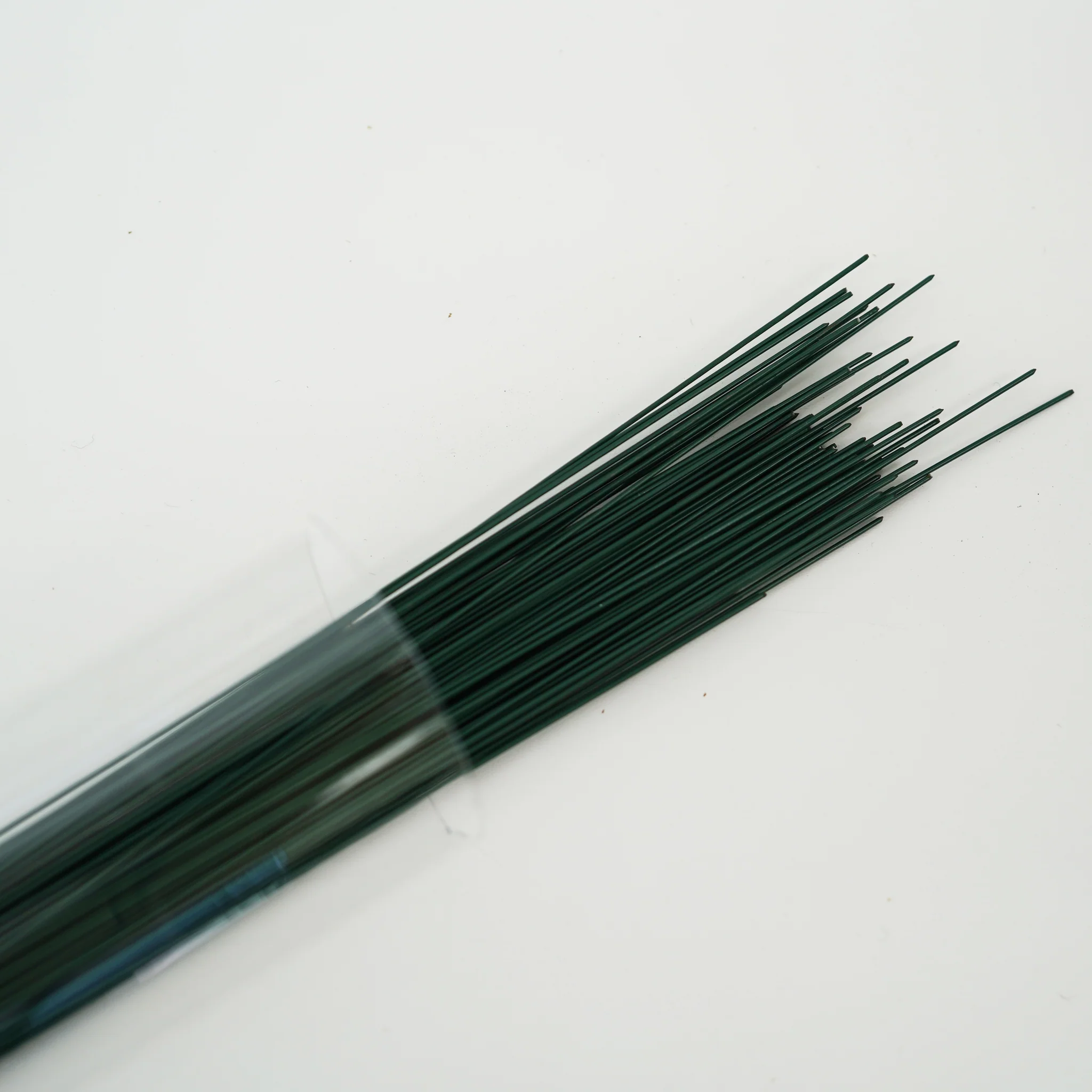
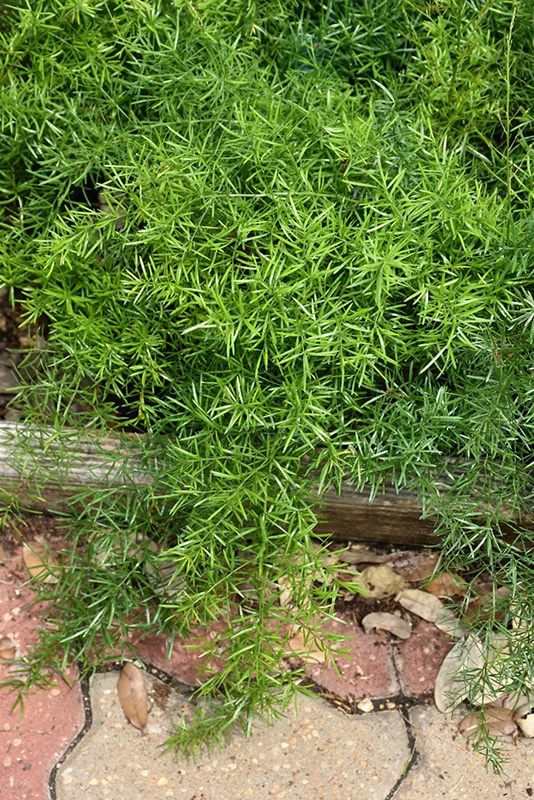
Asparagus ‘Sprengeri’ Fern
Asparagus
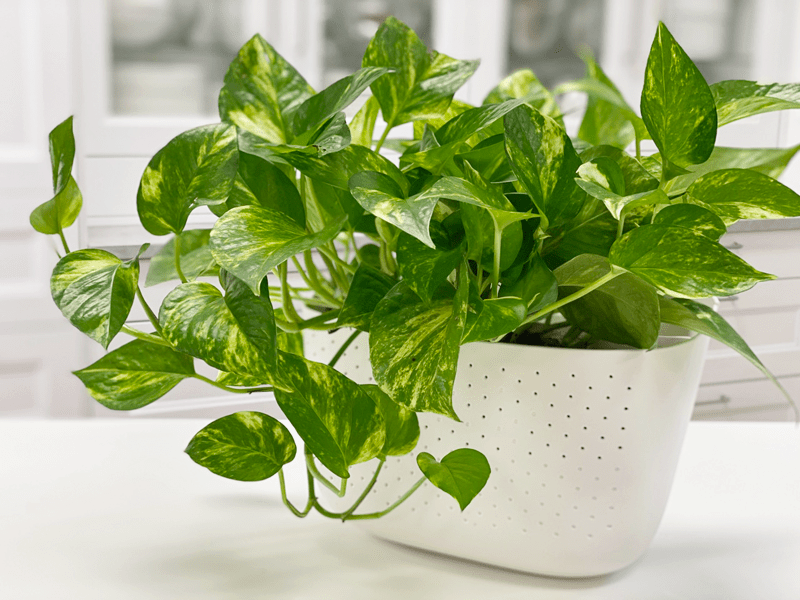
Pothos, Devil’s Ivy
Epipremnum
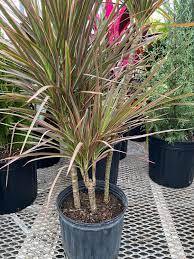
Dragon Tree, Red-Edge Dracaena
Dracaena marginata
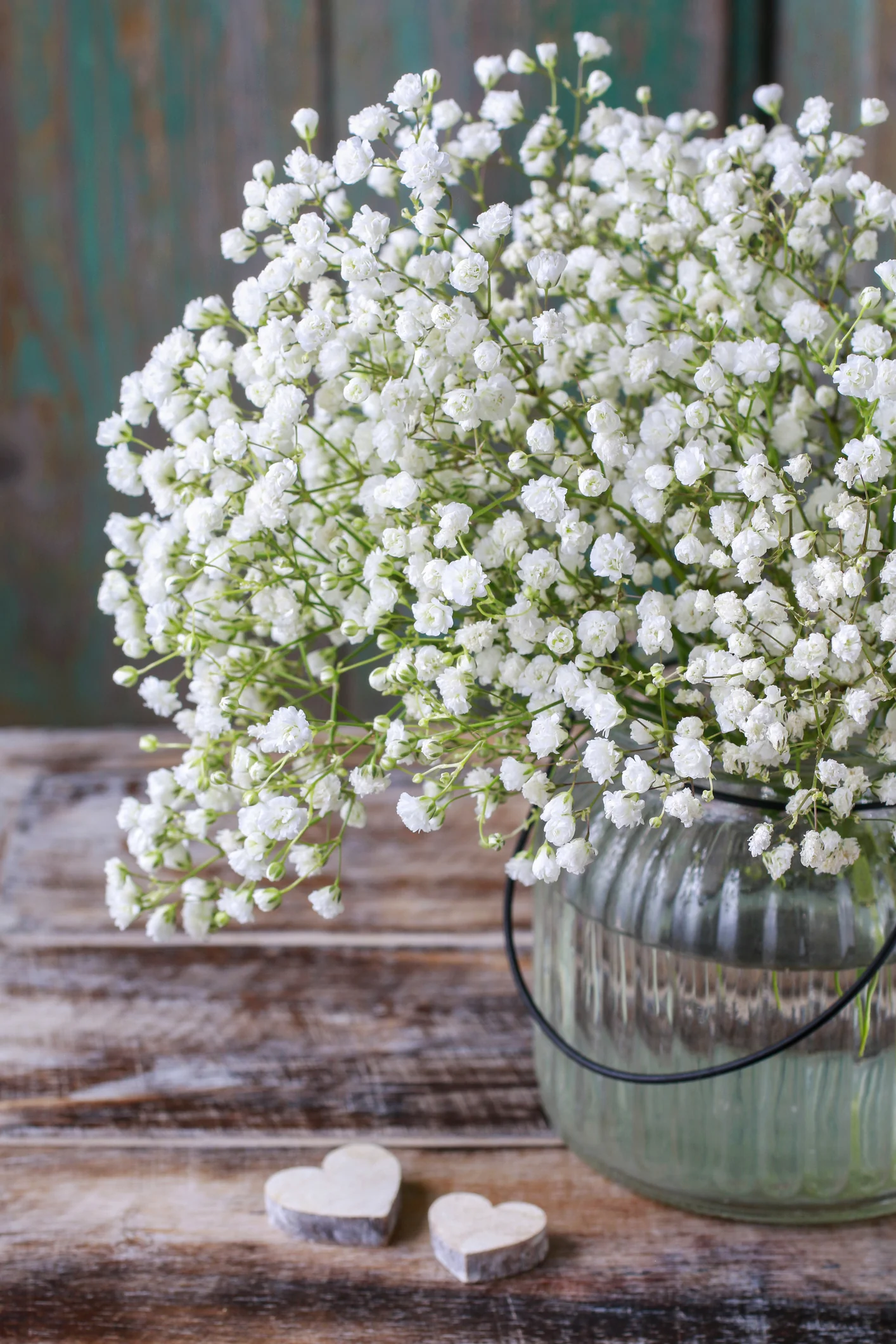
Baby’s Breath, Gyp
Gypsophila
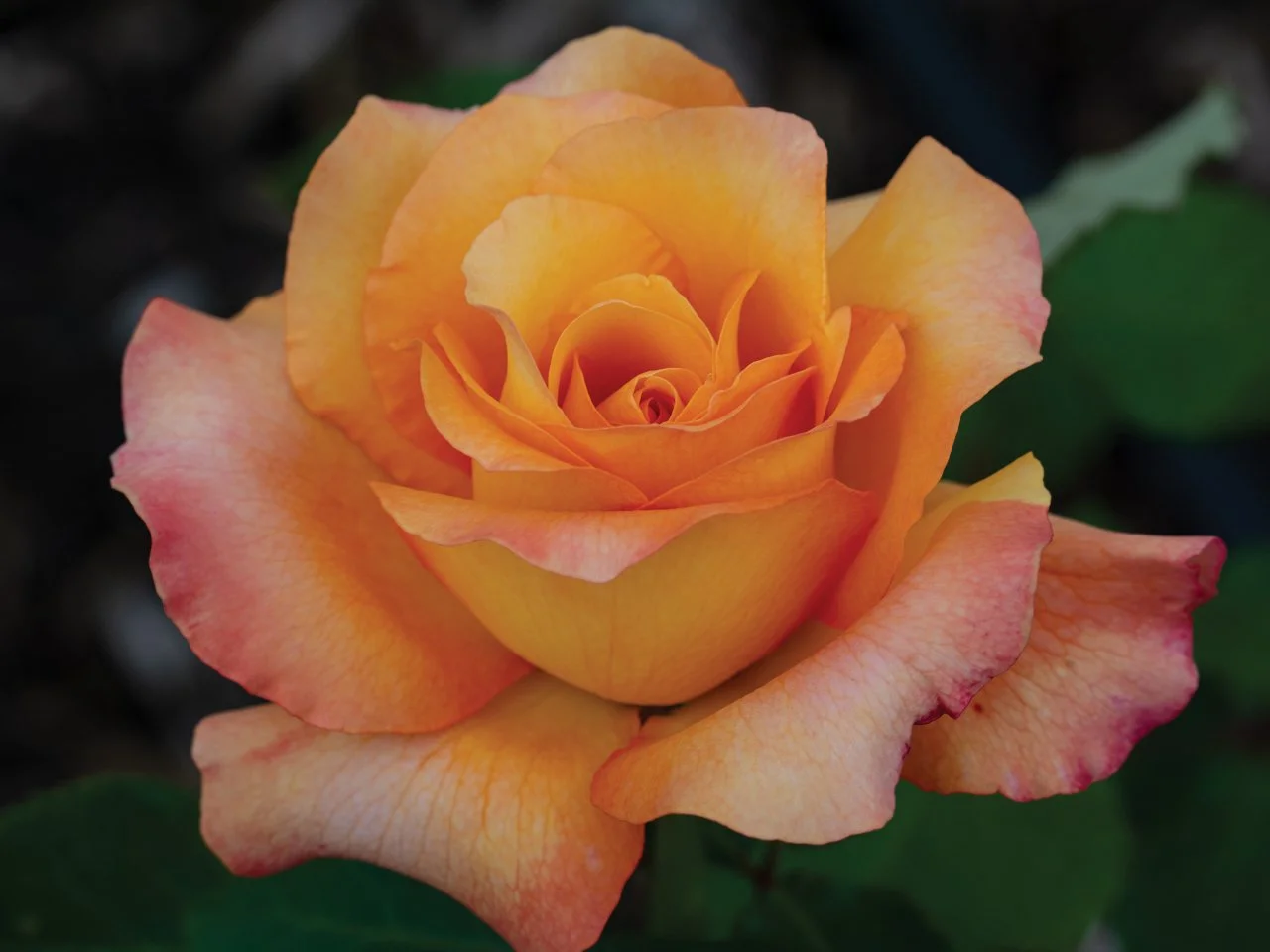
Hybrid Tea Rose
Rosa
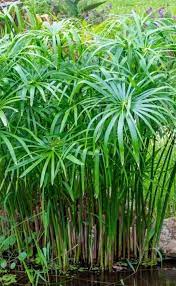
Umbrella Plant, Umbrella sedge
Cyperus
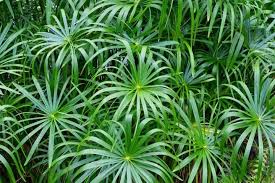
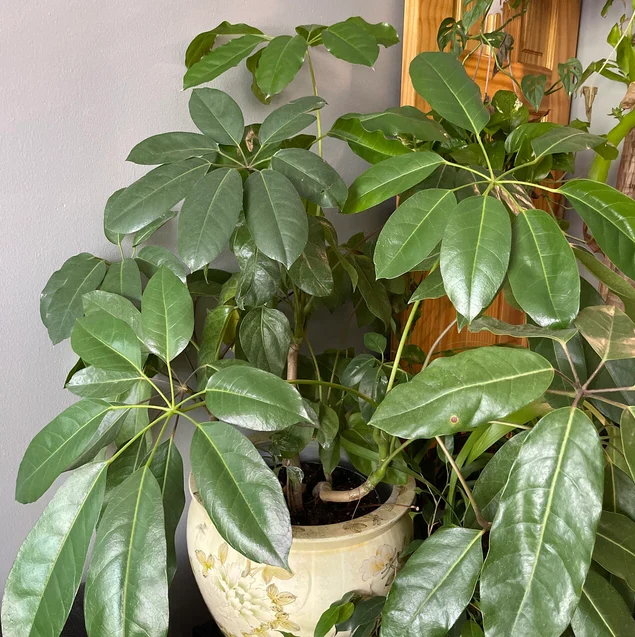
Umbrella Tree
Schefflera, Brassaia
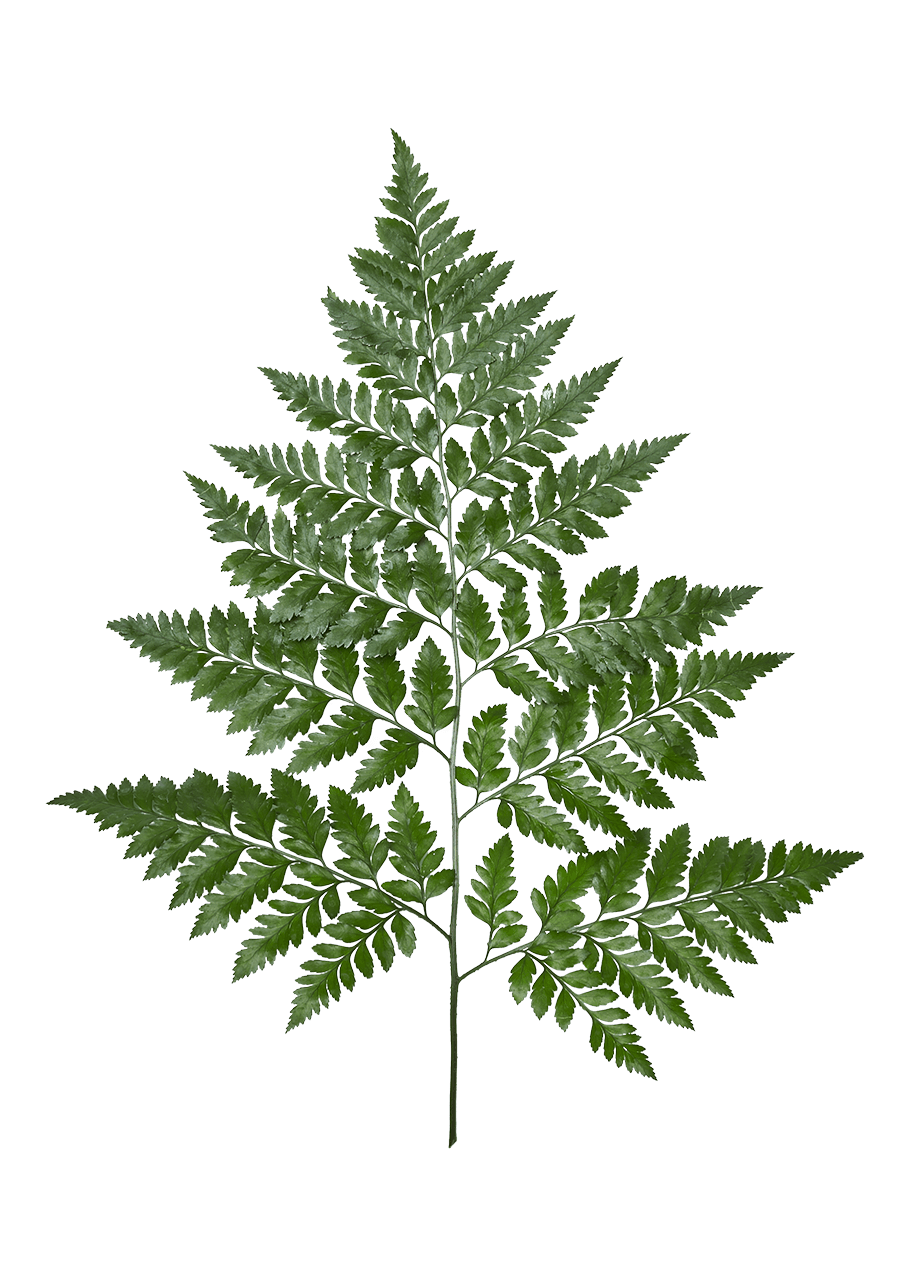
Leatherleaf Fern
Rumohra
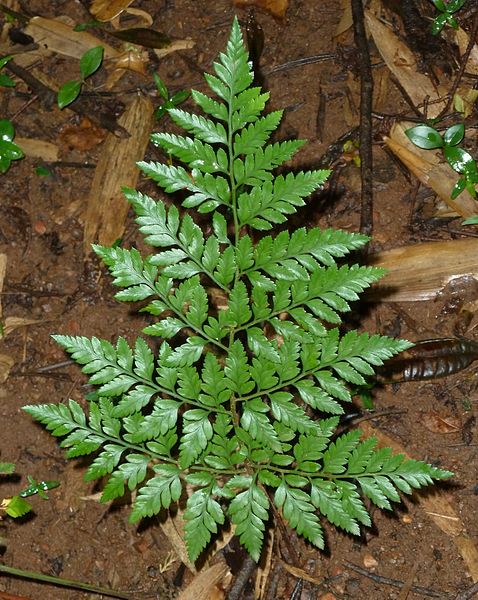
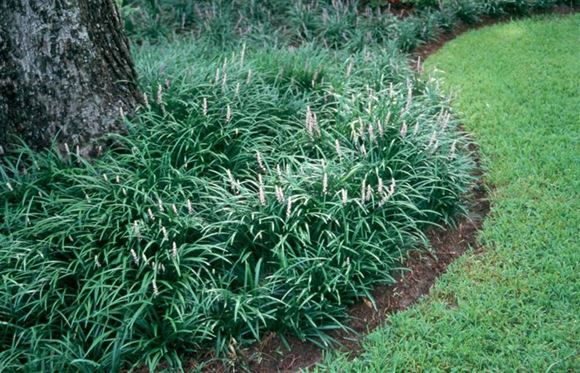
Lilyturf
Liriope
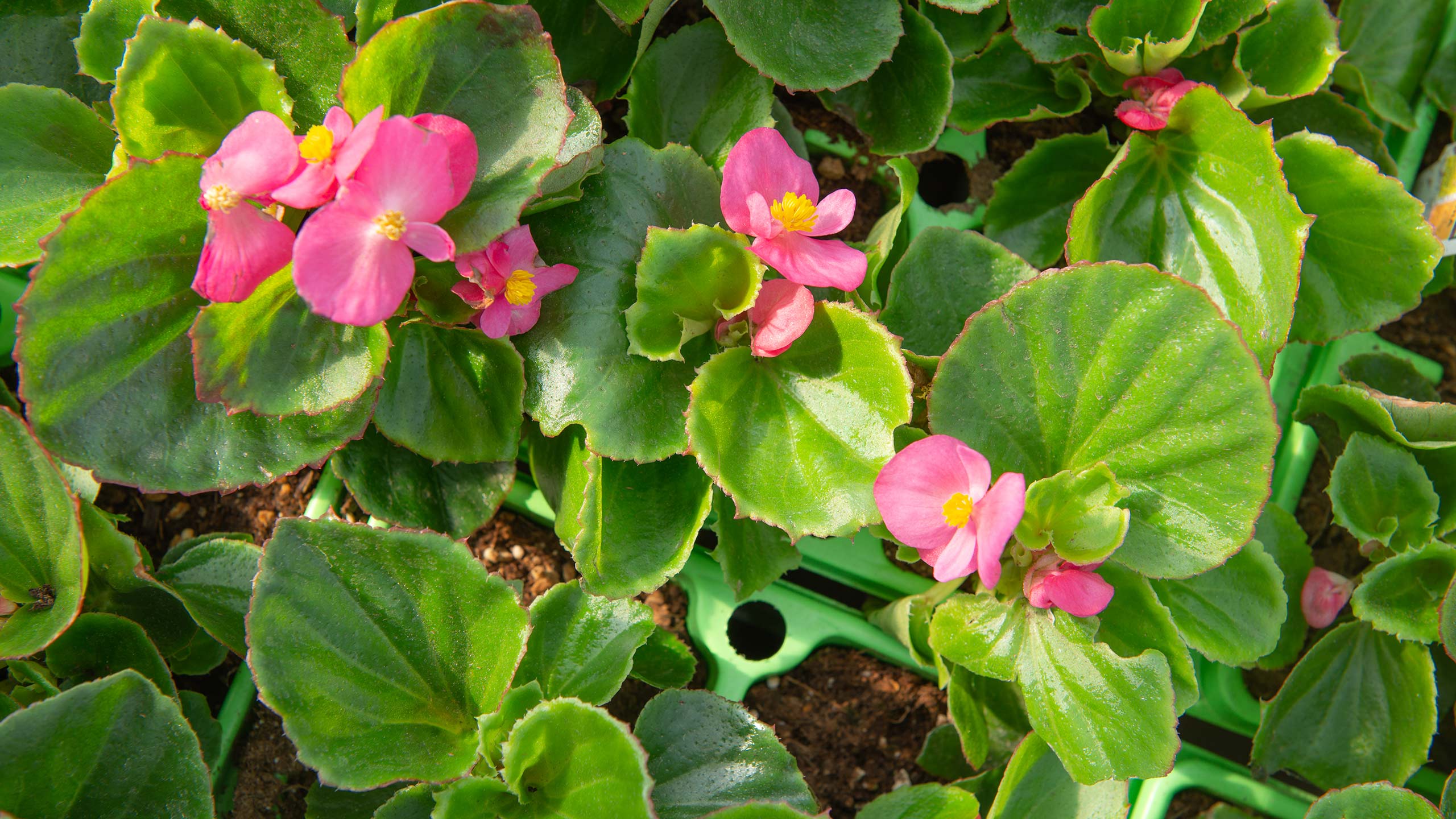
Wax Begonia
Begonia
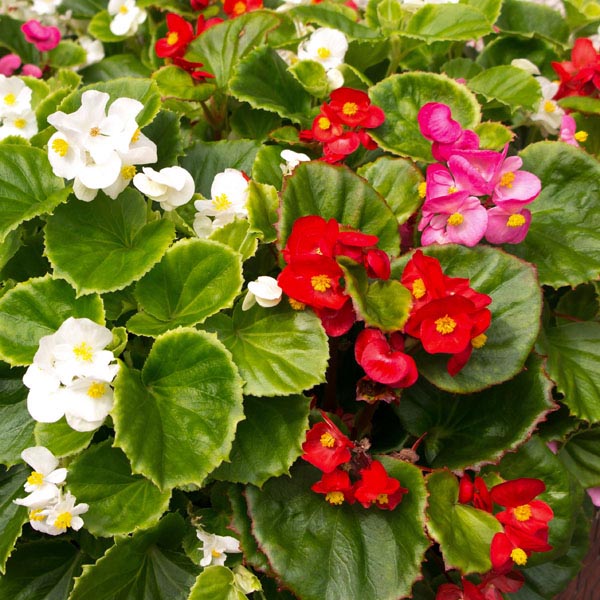
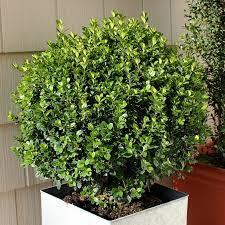
Boxwood
Buxus
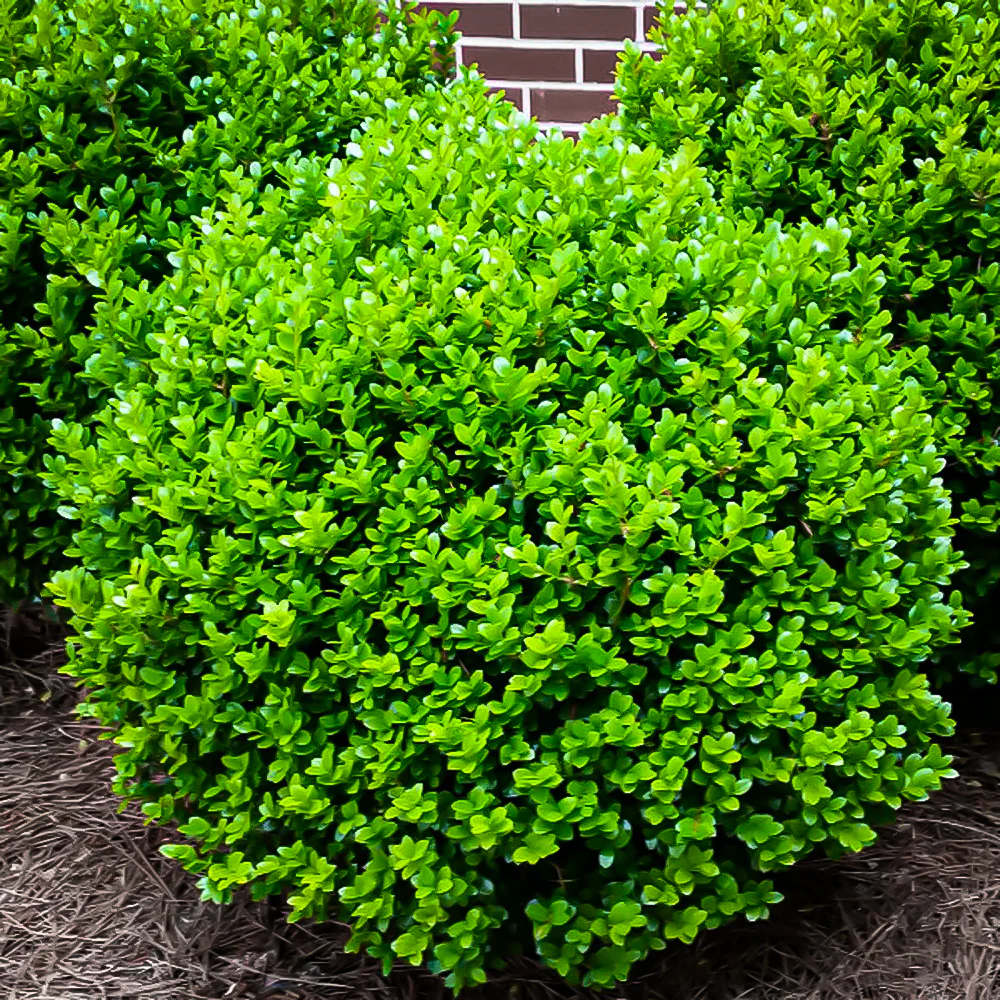
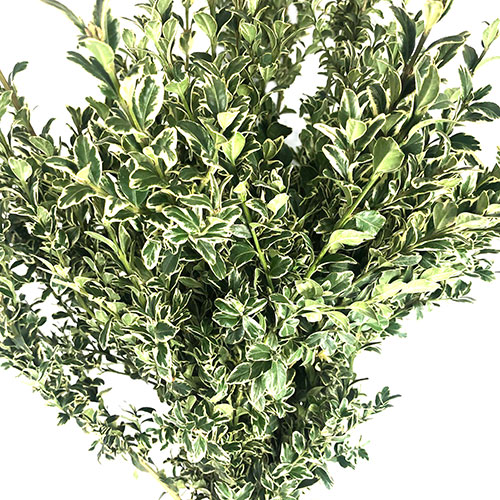
Oregonia
Buxus
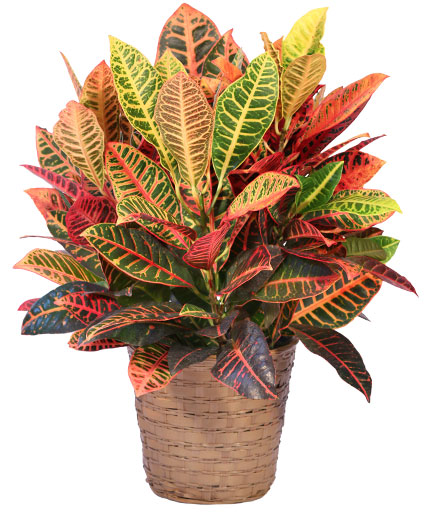
Croton, Joseph’s Coat
Codiaeum
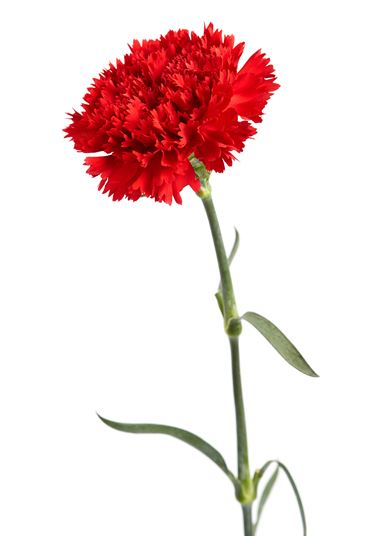
Standard Carnation
Dianthus
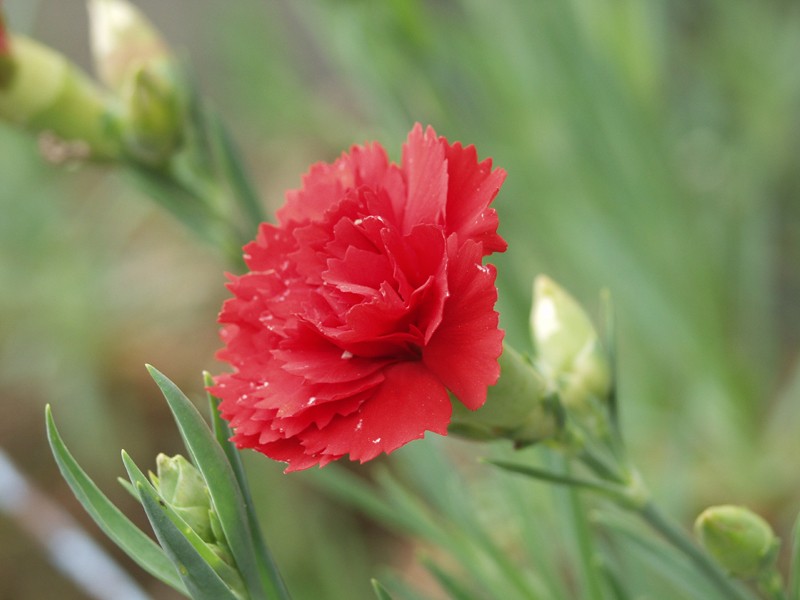
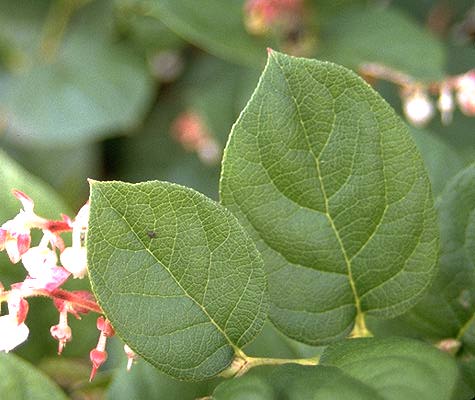
Lemon Leaf
Gaultheria
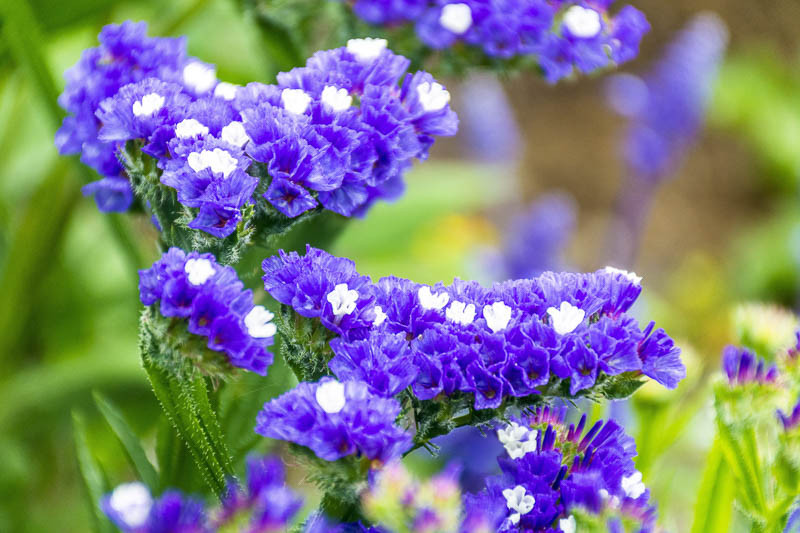
Annual Statice
Limonium
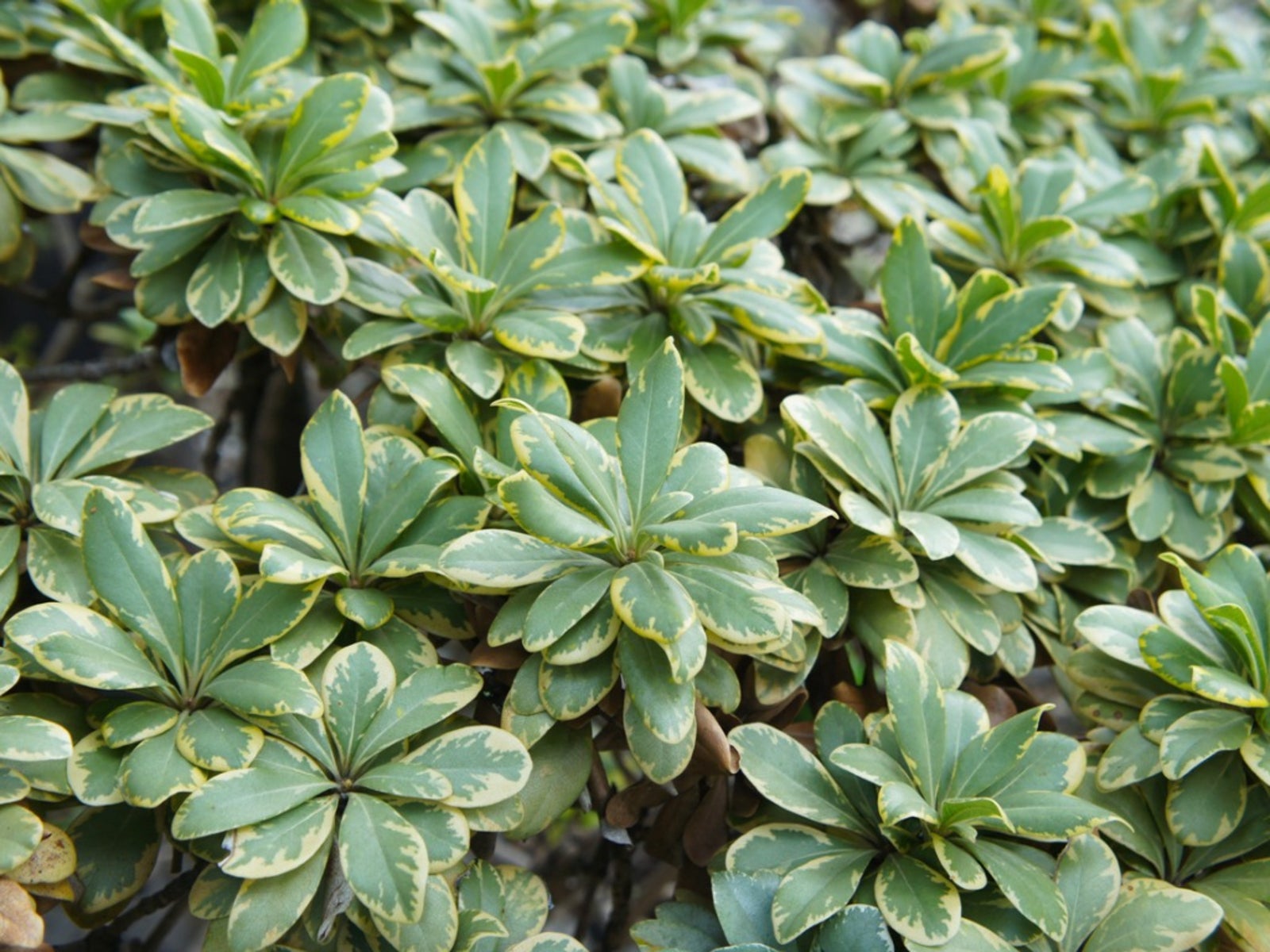
Japanese Pittosporum
Pittosporum
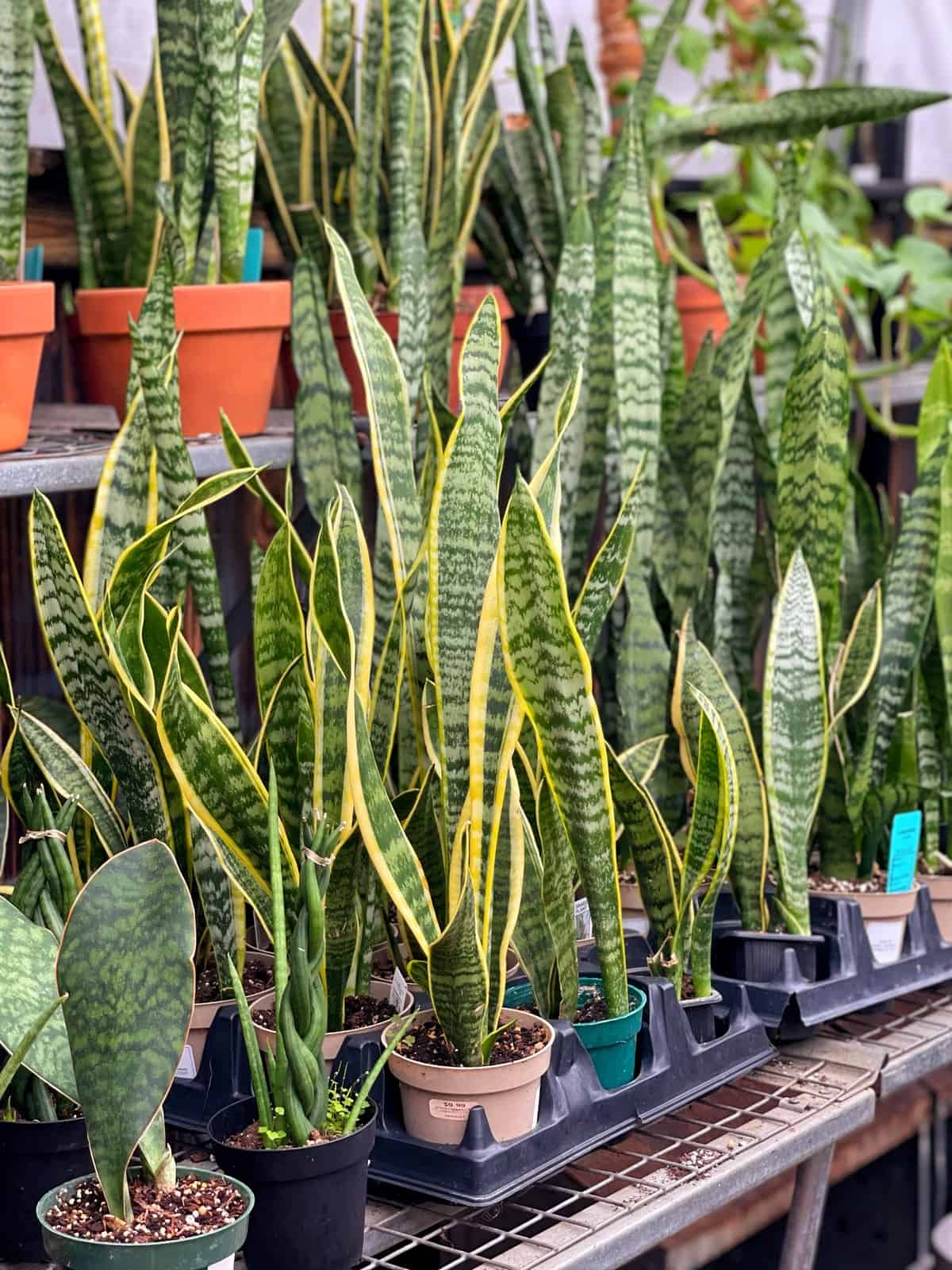
Sansevieria, Mother-in-law’s Tongue, Snake Plant
Sansevieria
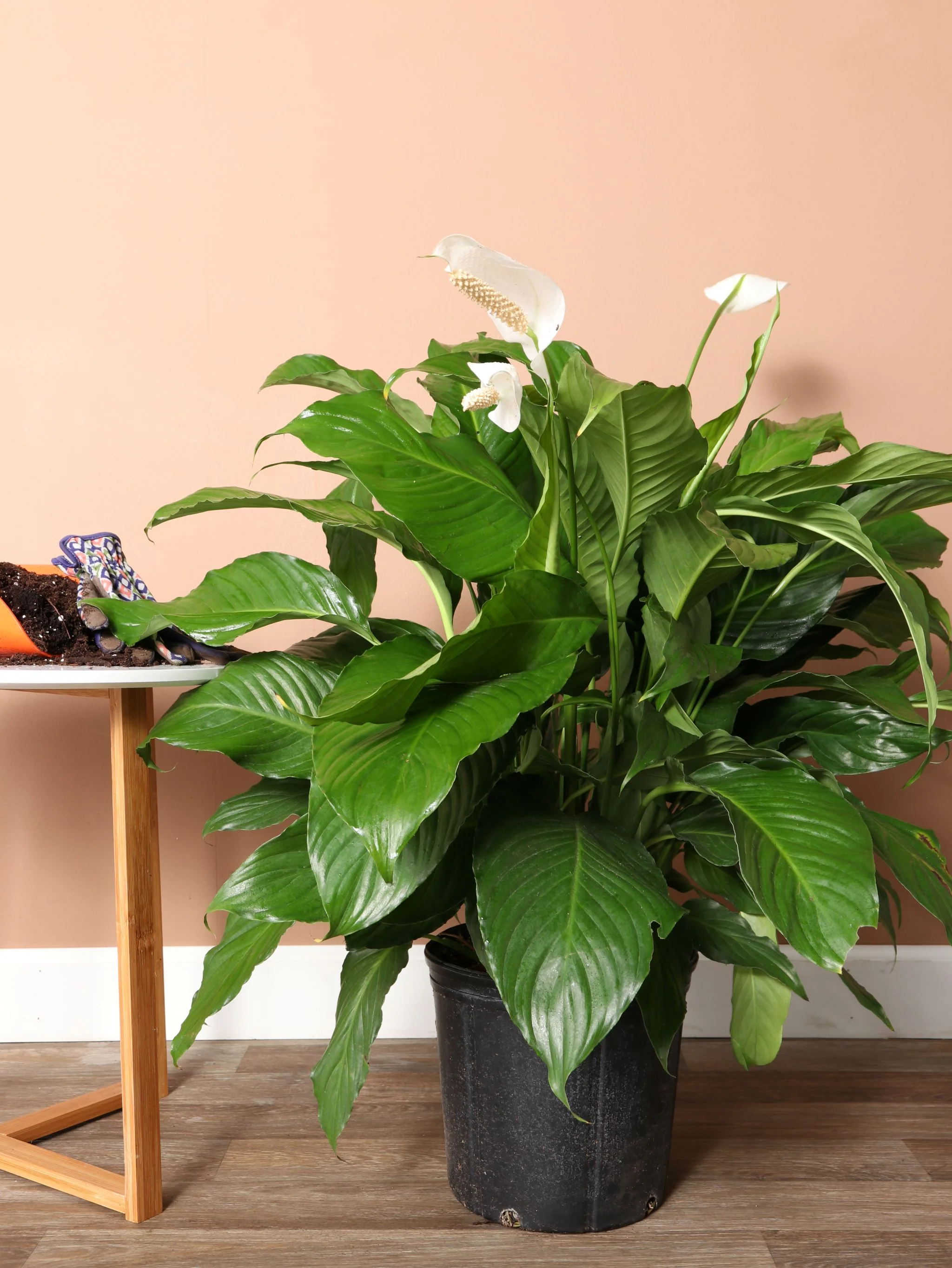
Peace Lily
Spathiphyllum
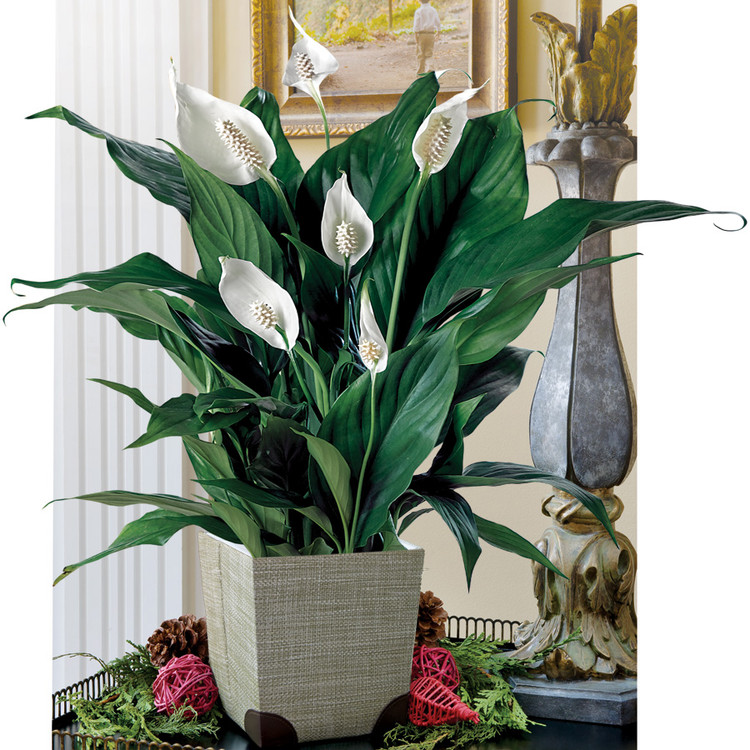
Lomey Bowl
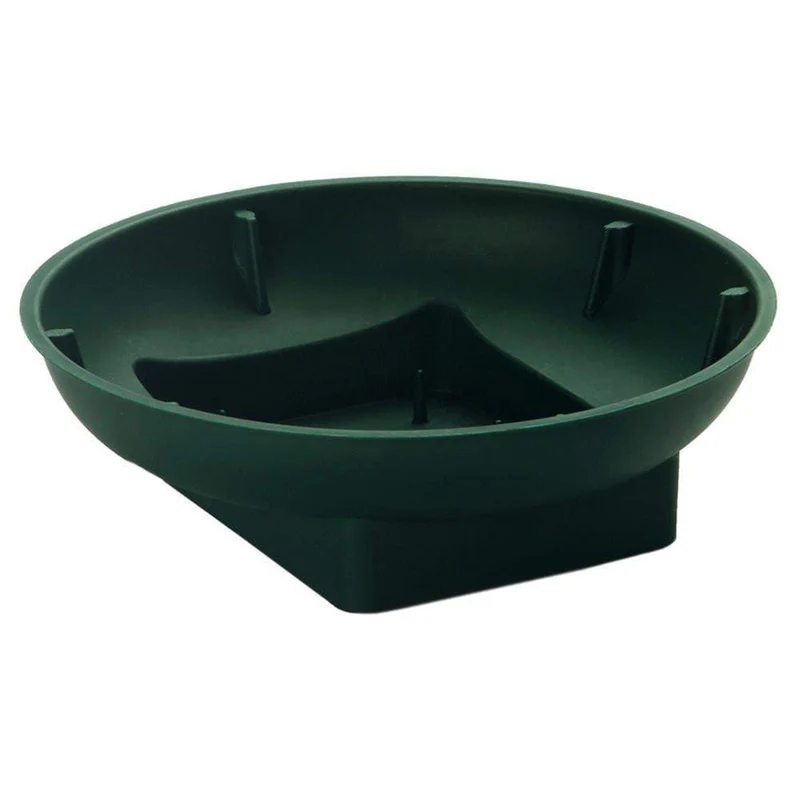
Anchor Tape
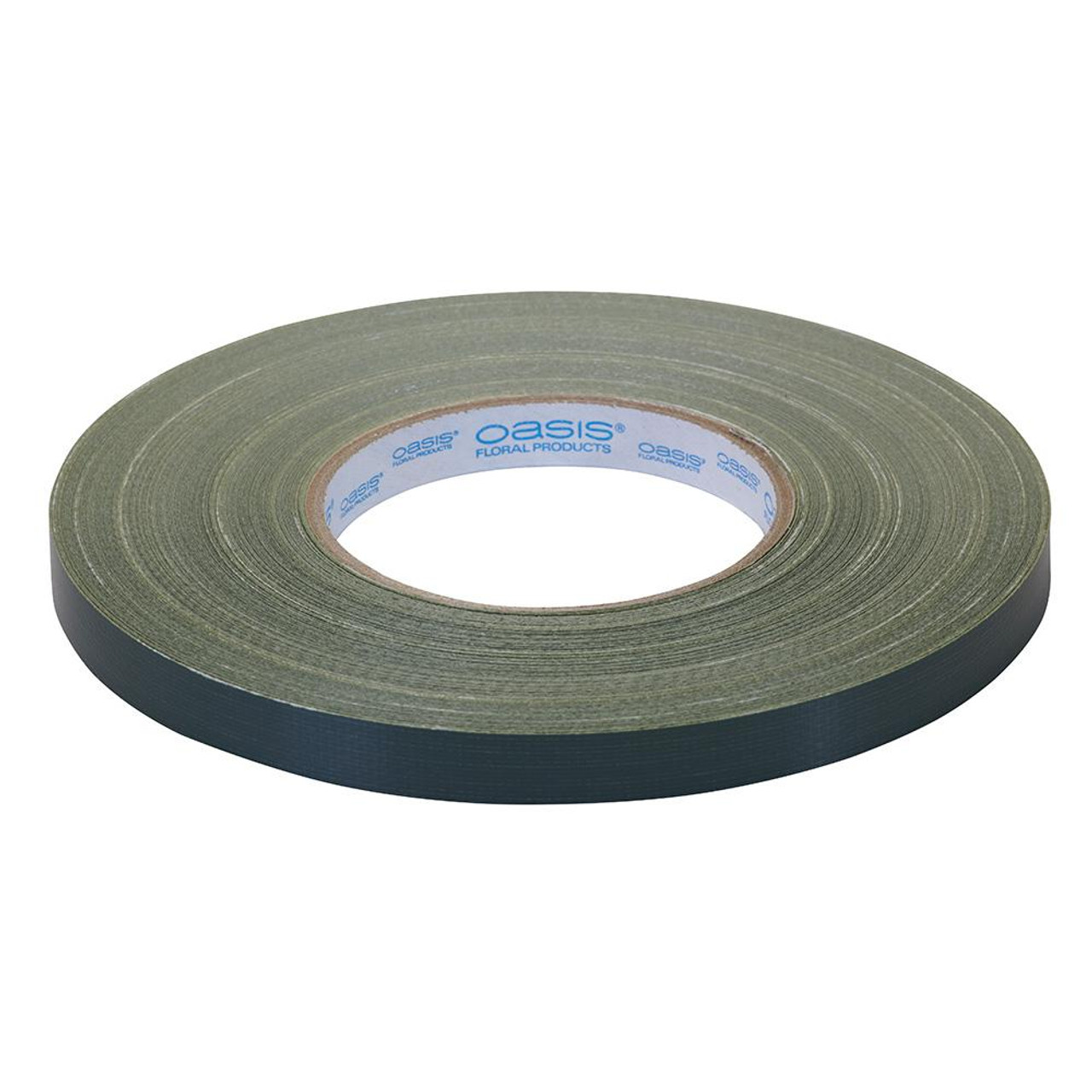
Oasis
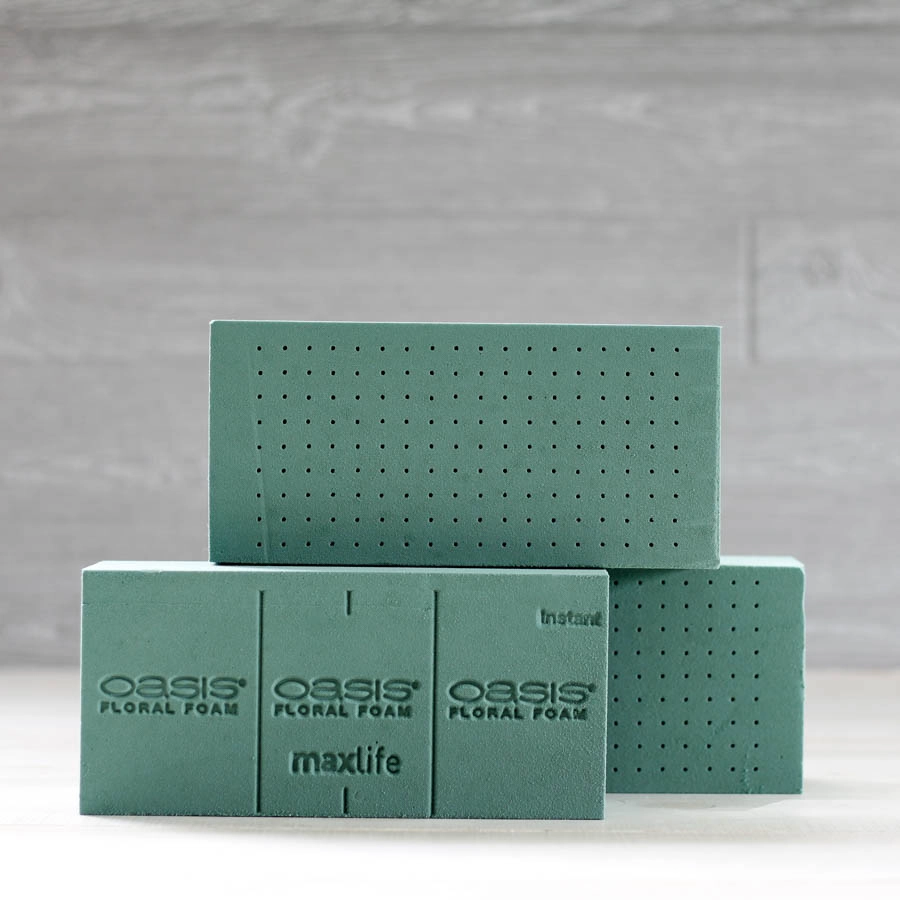
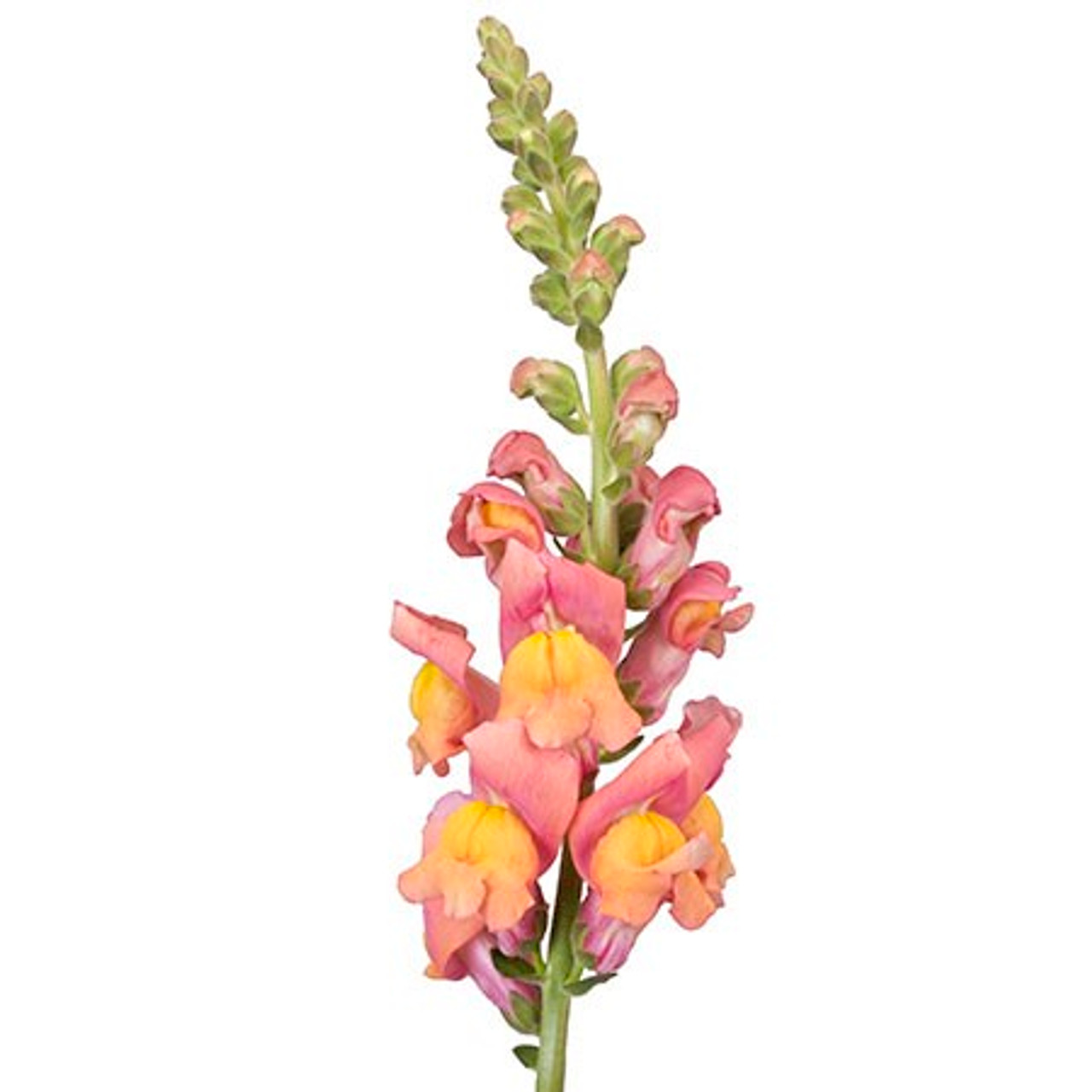
Snapdragon
Antirrhinum
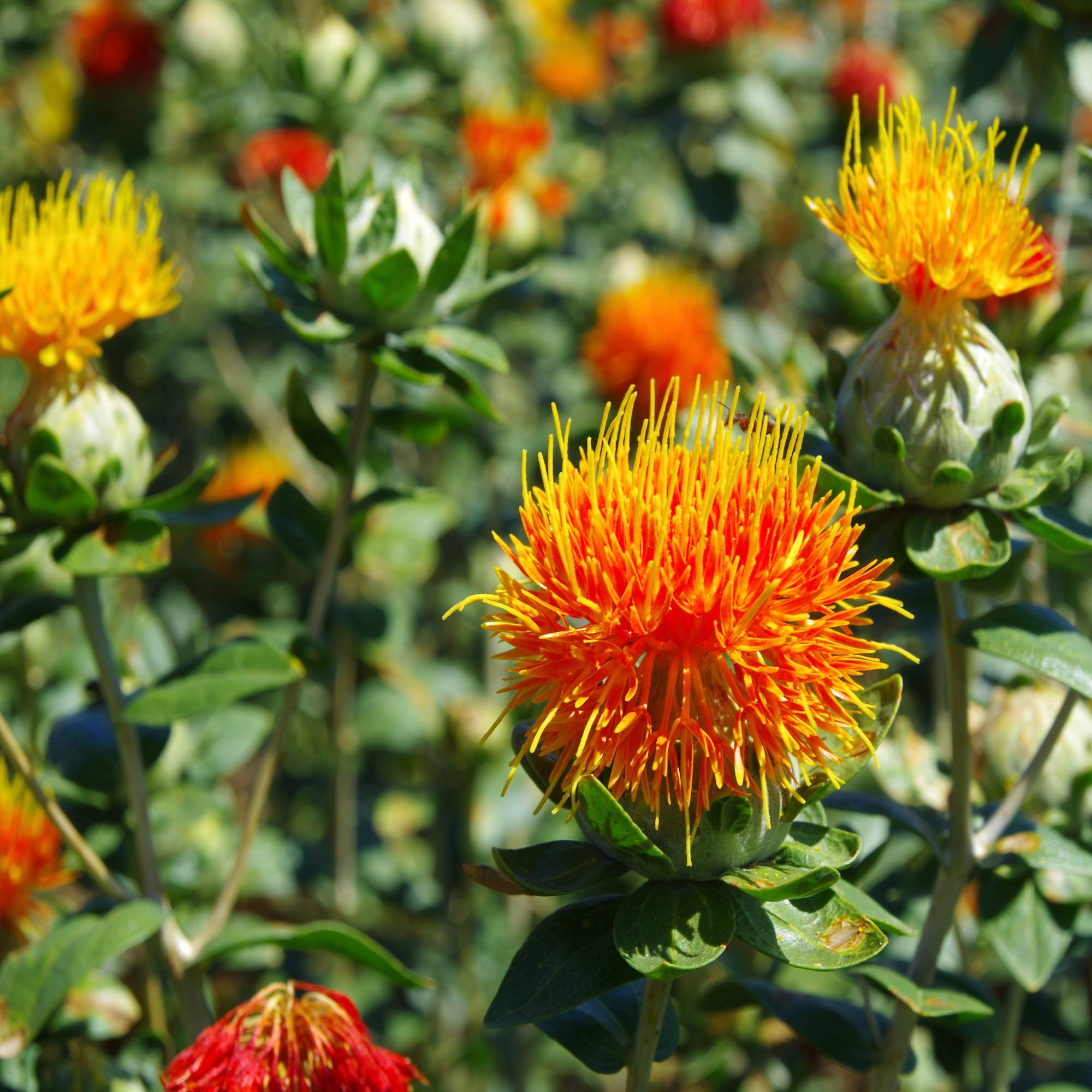
Safflower
Carthamus
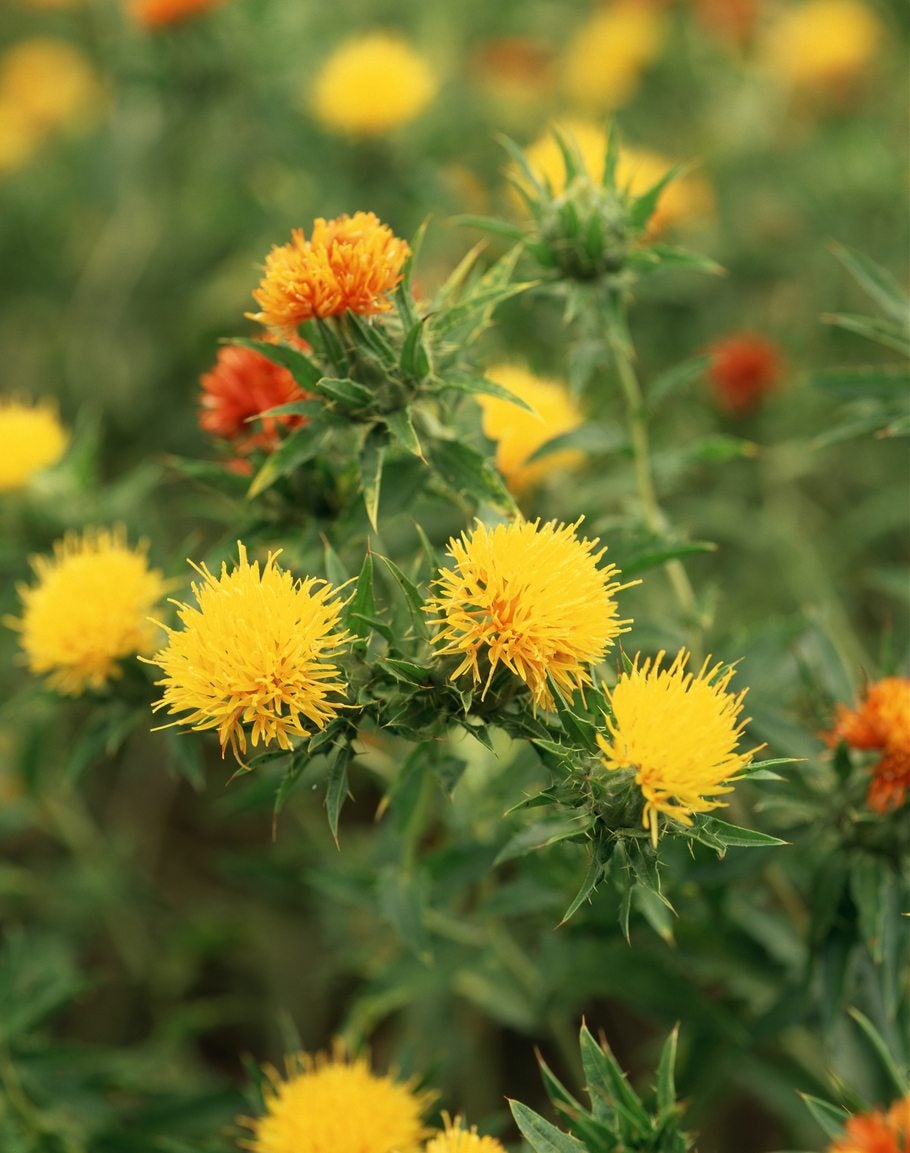
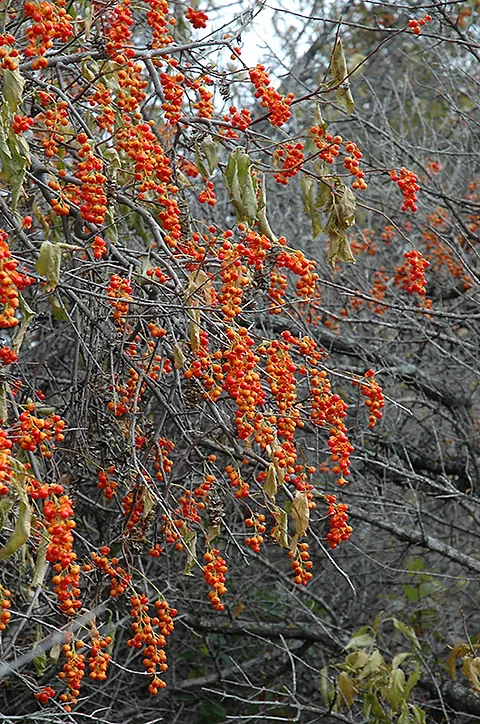
Bittersweet
Celastrus
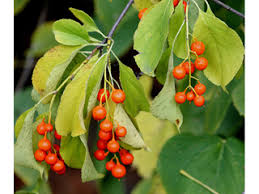
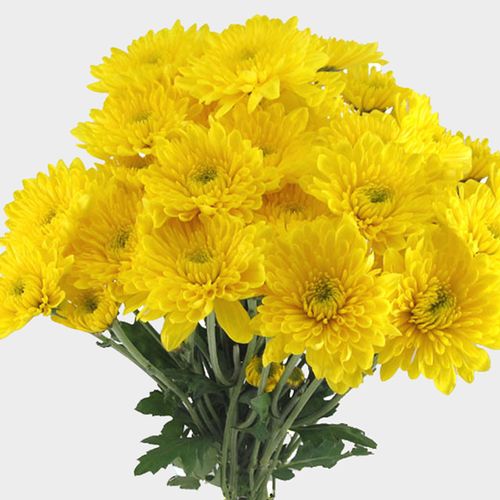
Cushion Pompon Chrysanthemum
Chrysanthemum
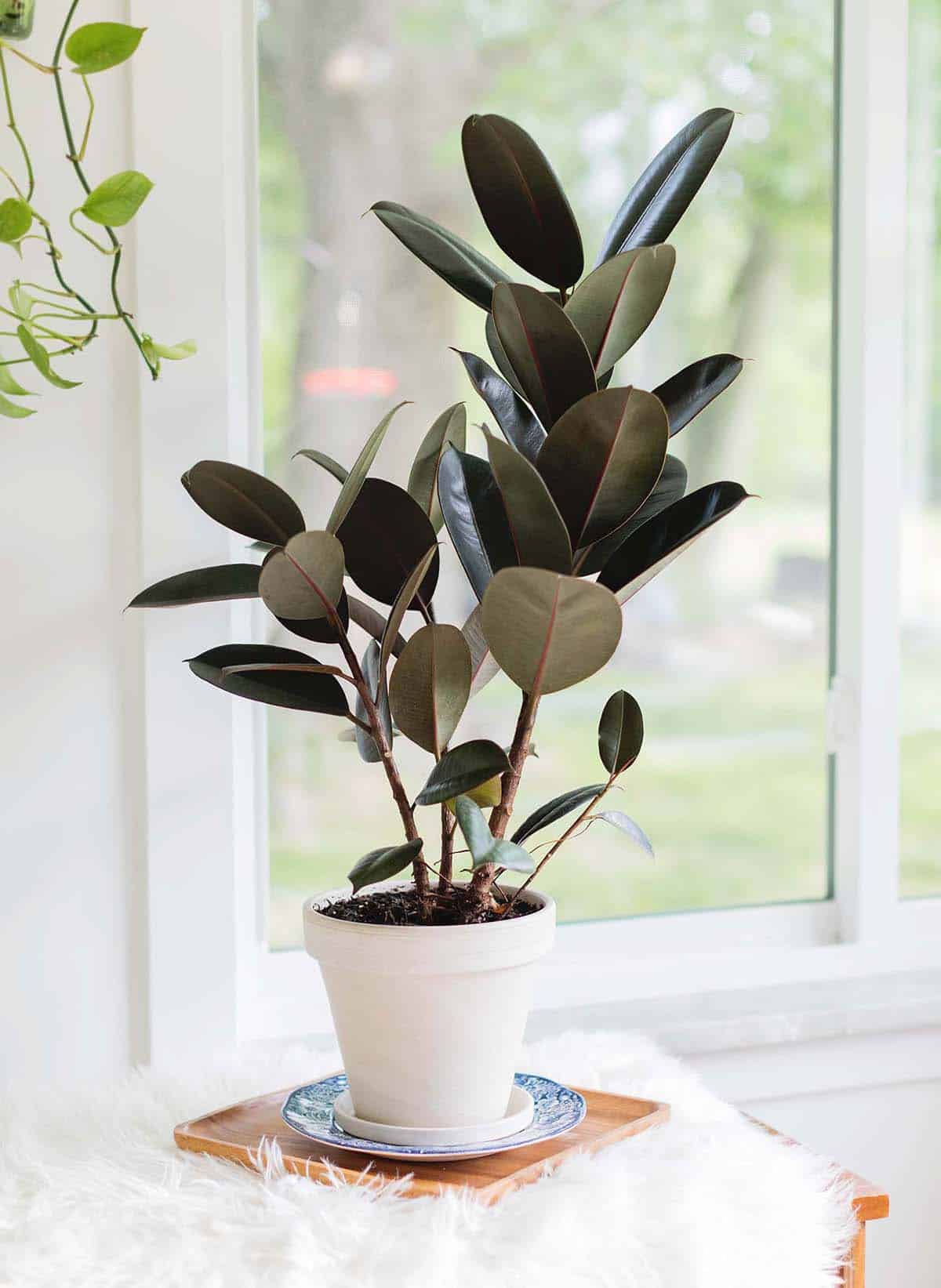
Rubber Tree Plant
Ficus
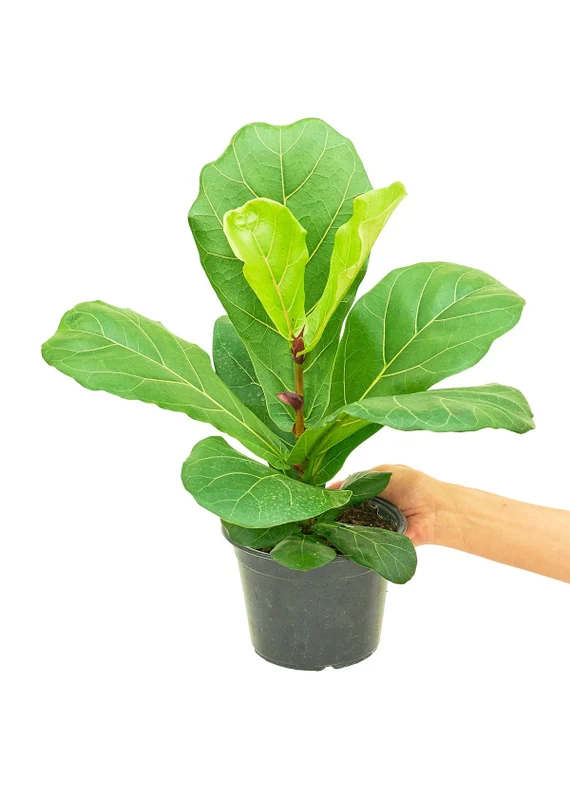
Banjo Fig, Fiddleleaf Fig
Ficus
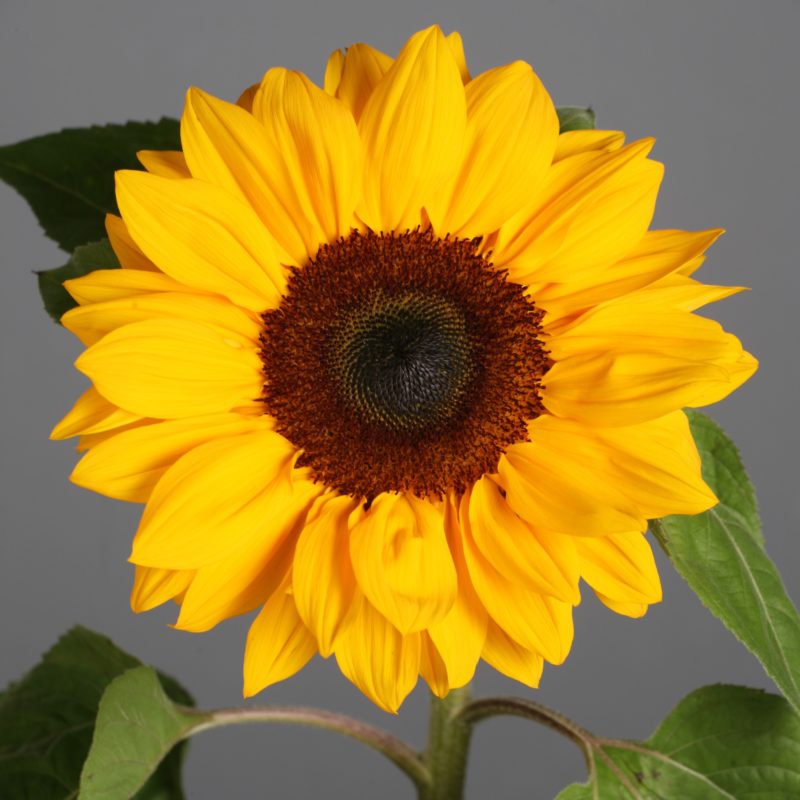
Sunflower
Helianthus
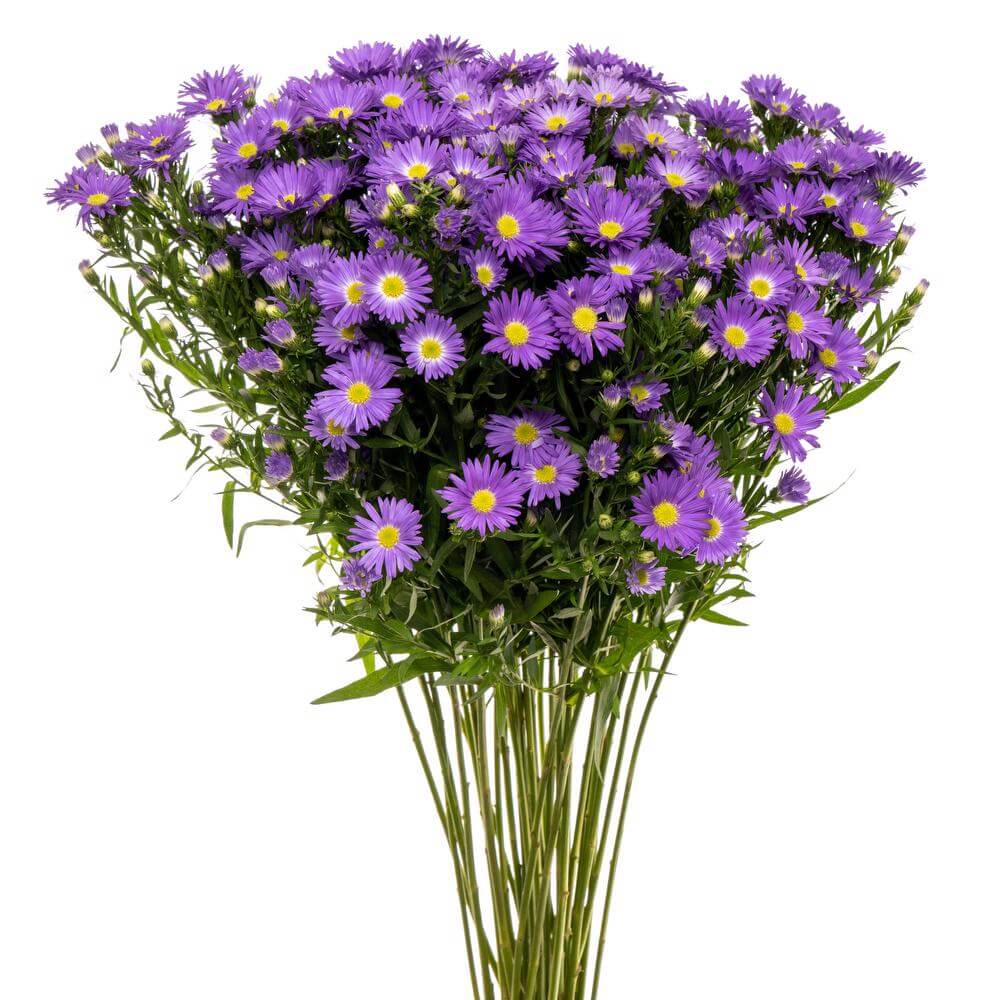
Monte Casino Aster
Aster
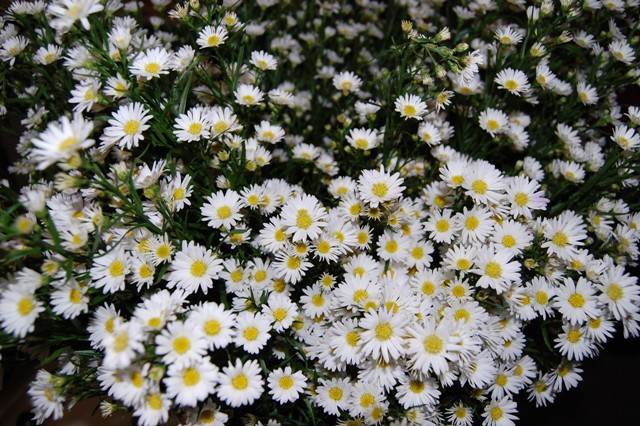
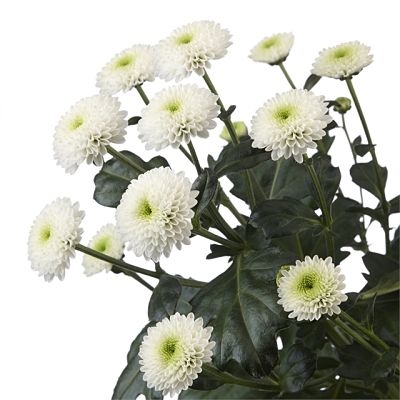
Button Chrysanthemum
Chrysanthemum
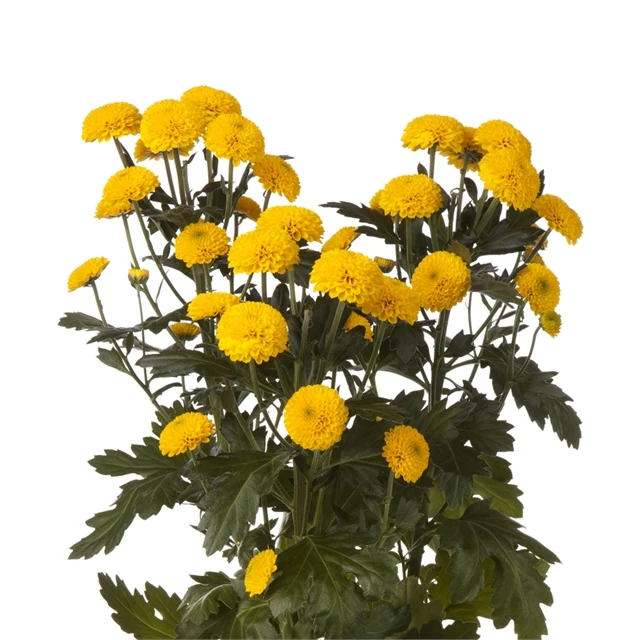
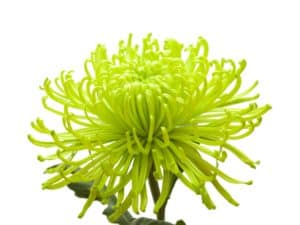
Spider Chrysanthemum
Chrysanthemum
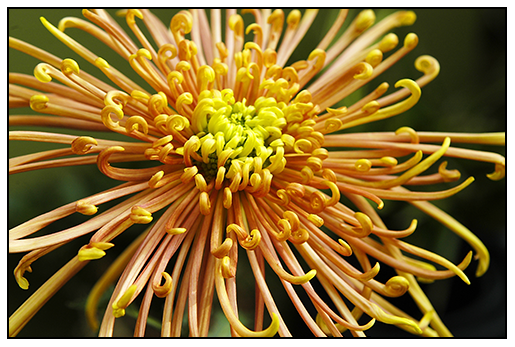
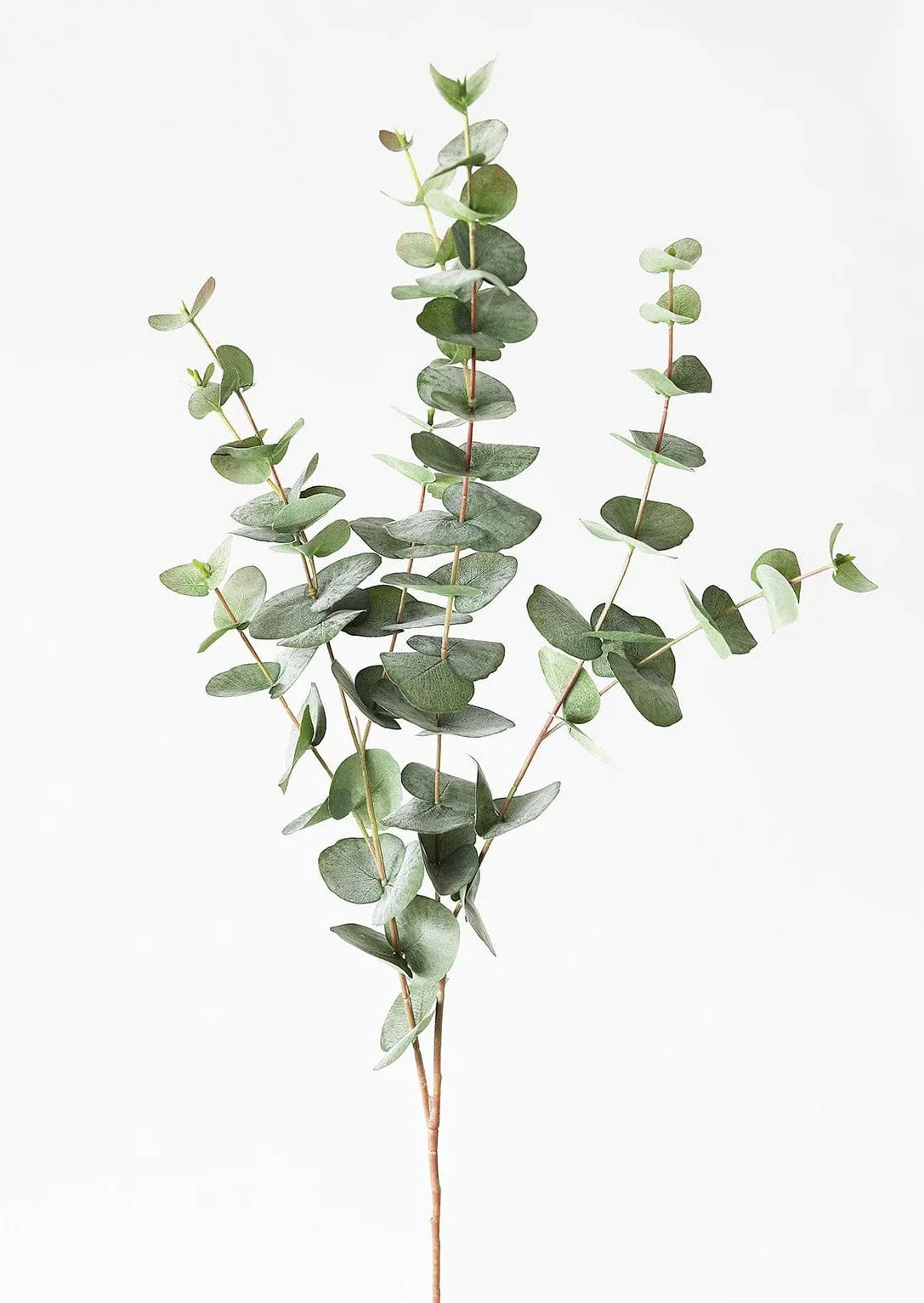
Spiral Eucalyptus; Baby Eucalyptus
Eucalyptus
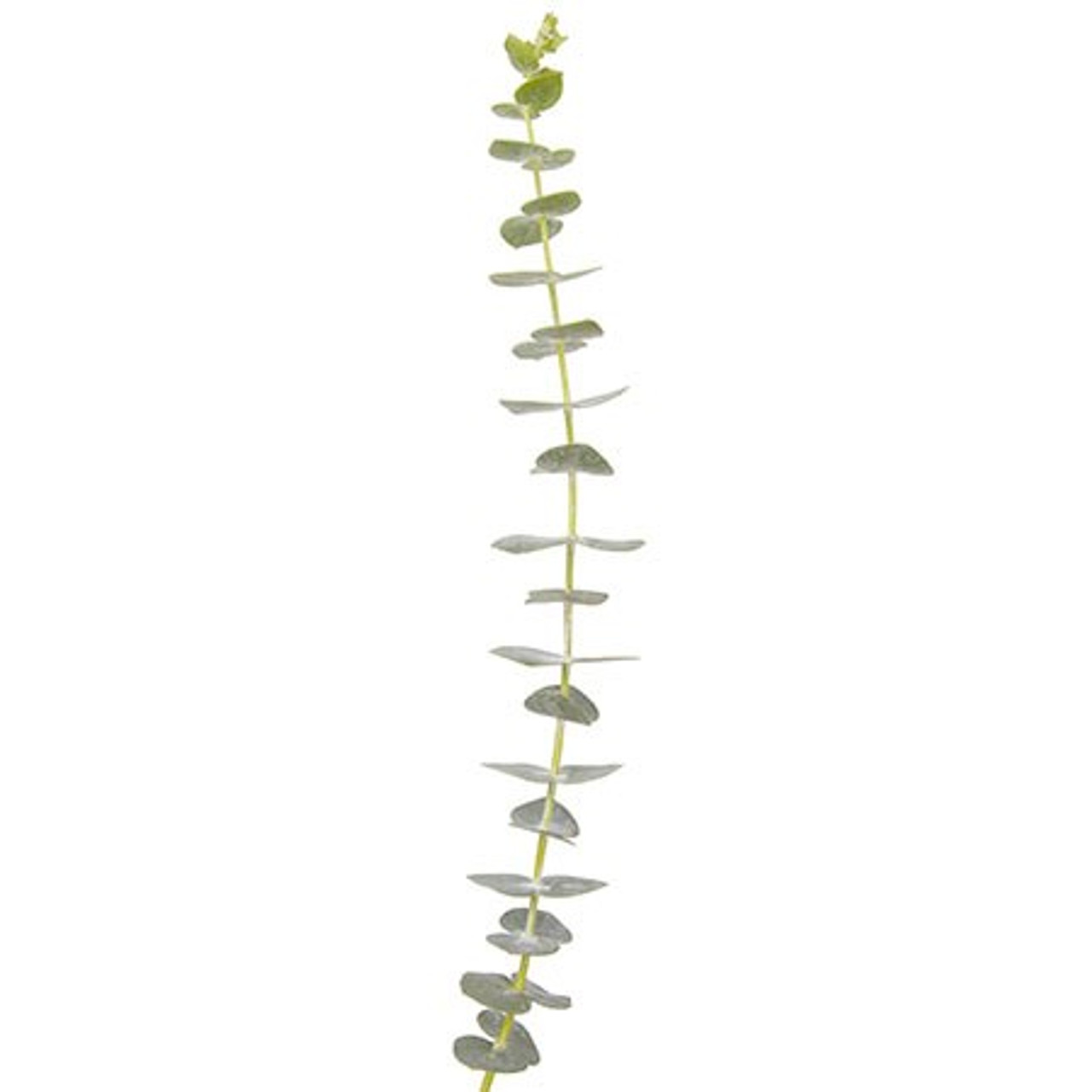
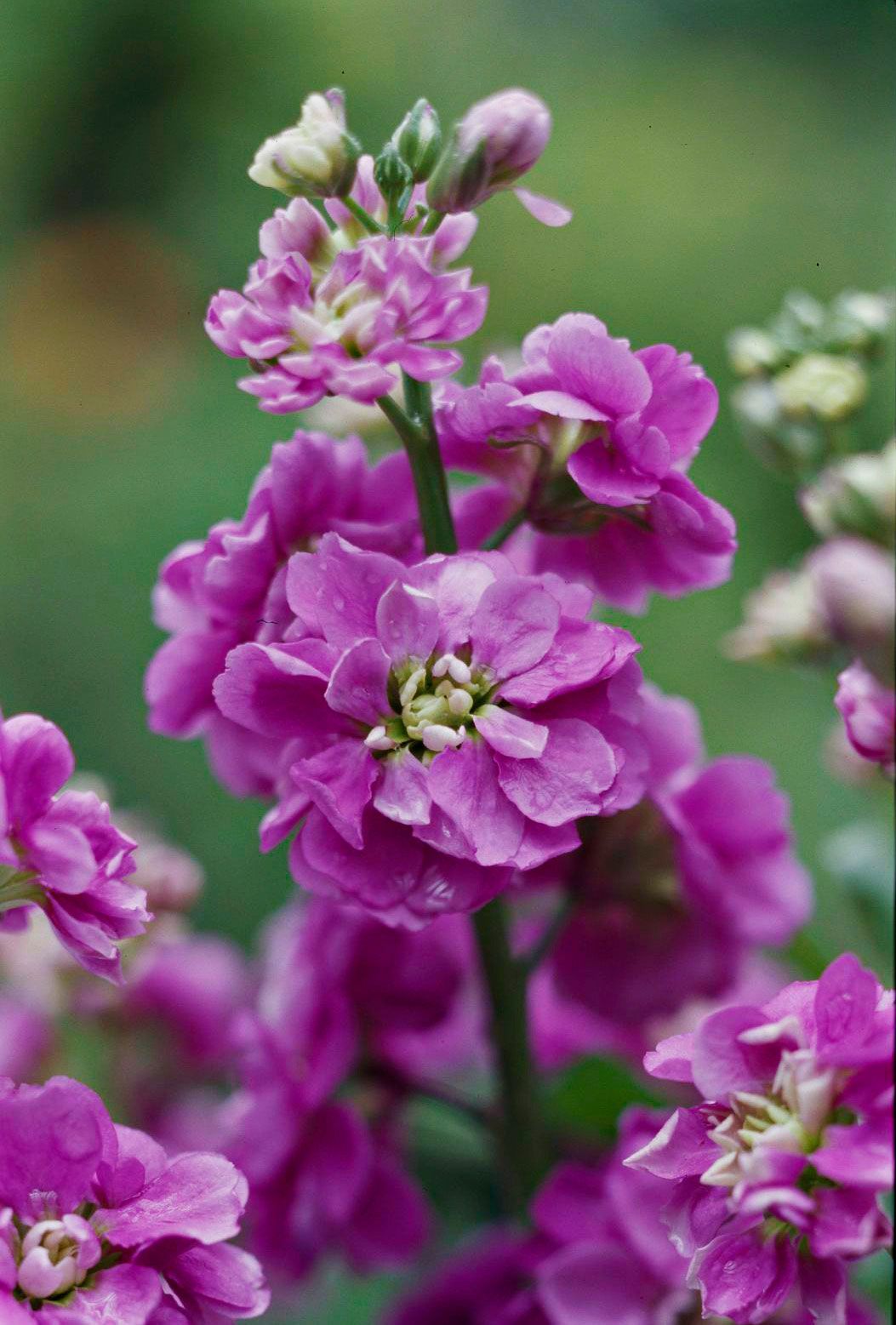
Stock
Matthiola
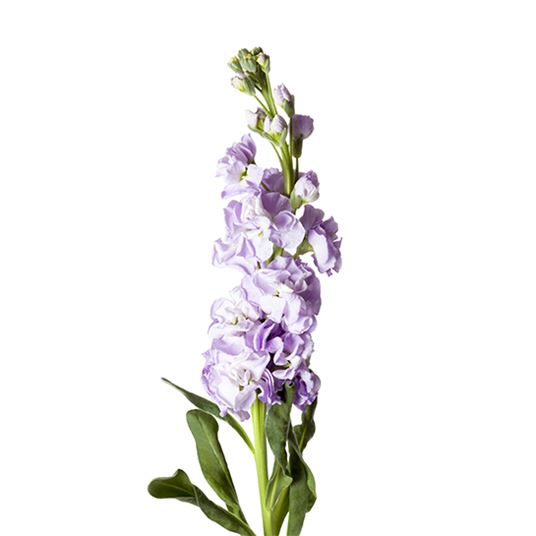
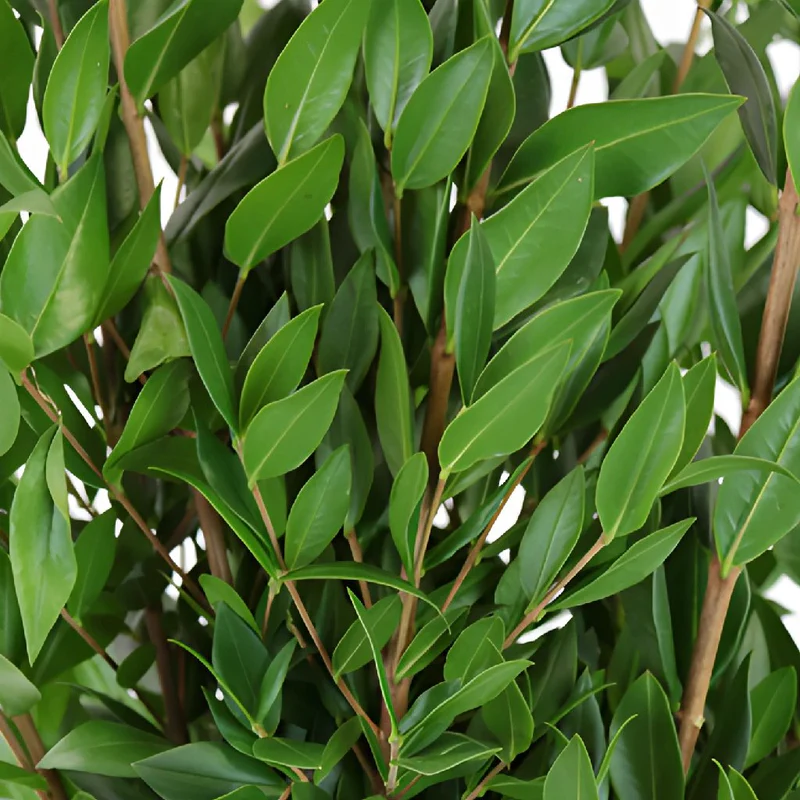
Myrtle
Myrtus
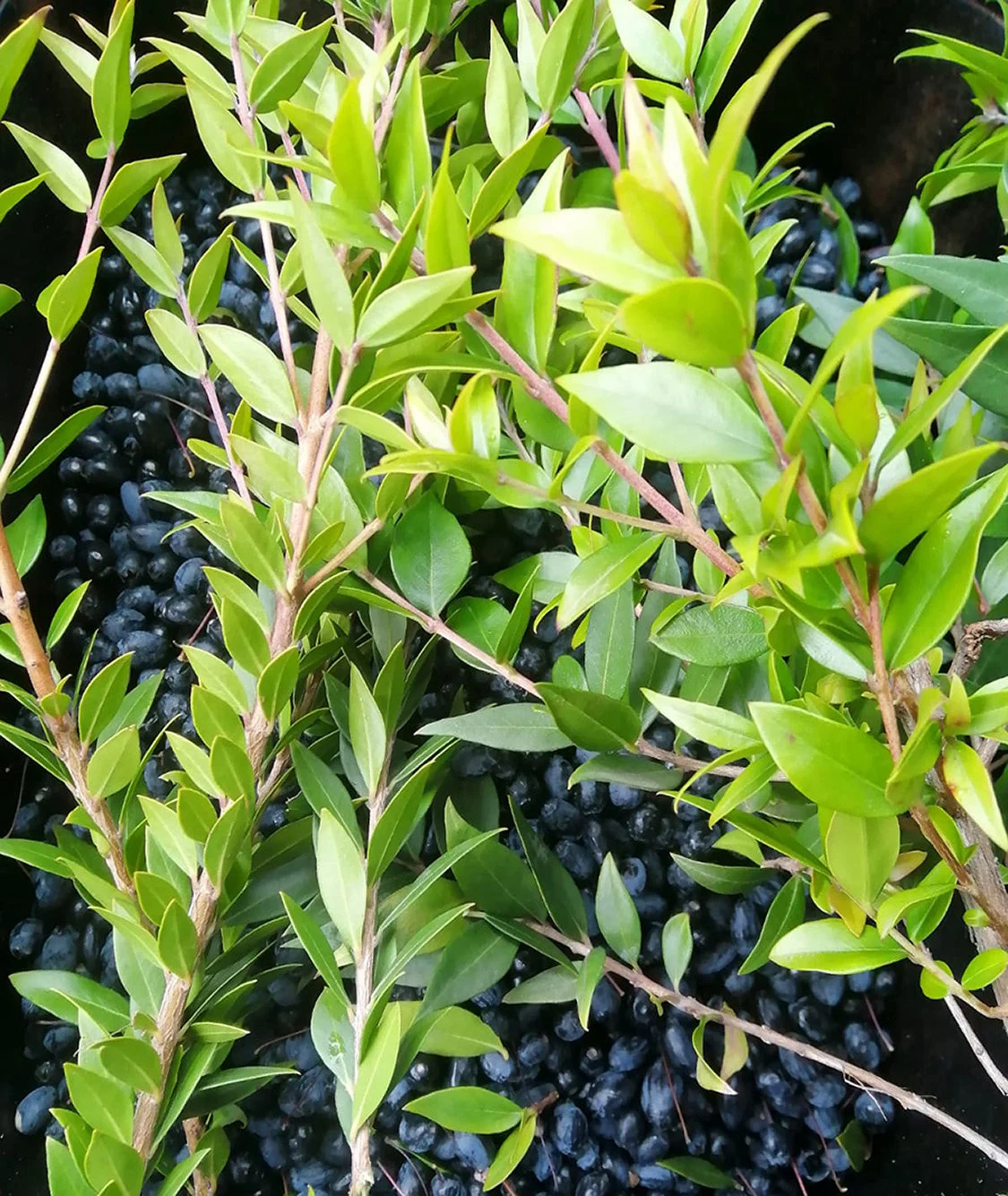
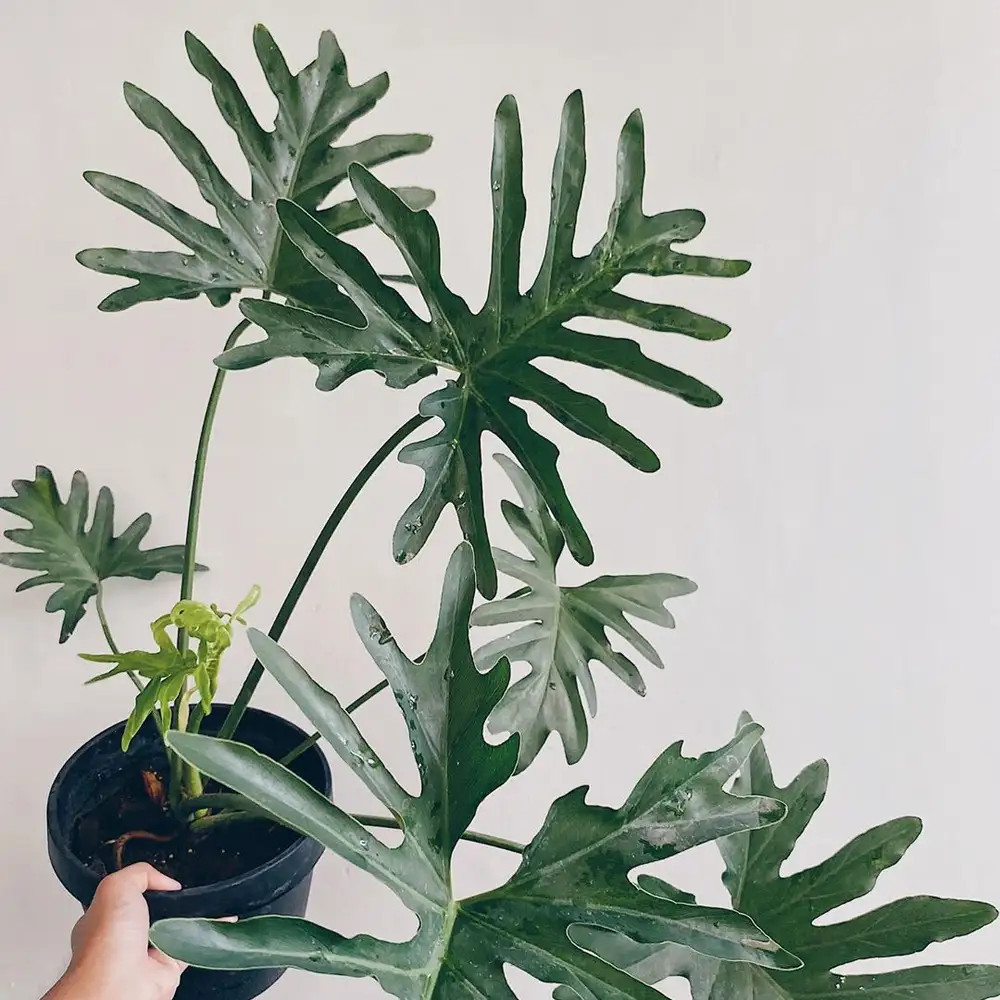
Splitleaf Philodendron
Philodendron
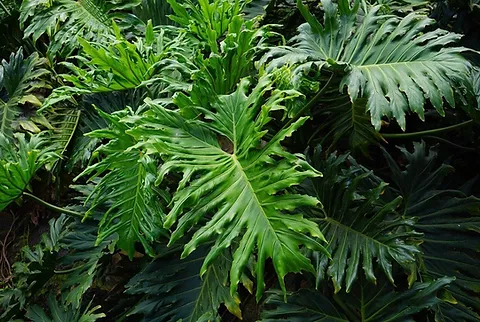
What is Floral Design?
Floral design is the art of arranging plants and other vegetation to create a balanced and eye-catching composition. It is a skill that requires mastering certain principles and elements.
Flower Shapes
Not limited to one group and can be classified depending on:
Openness of Blossom, Color intensity, Texture, Adjacent flowers, Size and Style of Arrangement. Flower shapes include: Line, Form, Mass, and Filler.
Line Flower
The skeleton of the design, it is usually placed first. It creates a long, linear pattern and creates height, width and depth. It moves the eye down the design to form flowers and other things incorporated in the design.
Examples of Line Flowers
Gladiolus, Larkspur, Liatris, Snapdragon, Stock, Delphinium, Cattail
Form Flower
The center of interest in the design, it has characteristic forms and distinctive shapes. It is sufficient alone, but it needs space between flowers if multiple are used. If multiple are used, use sparingly. It is directional facing, you don’t know what direction the flower will come in on the stem.
Form Flower Examples
Flower Example: Anthurium, Calla Lily, Lily, Orchid, Gerbera, Bird-of-Paradise
Foliage Example: Caladium, Croton leaves, Ti leaves, Cyperus
Mass Flower
The part of the design that draws attention towards the focal point, it is a single stem flower, with often one solid, rounded head. When placing you want to make sure the flowers are added at different levels at random to avoid creating a line, unless it is intentional. These flowers are used to cover mechanics.
Mass Flower Examples:
Chrysanthemum, Rose, Carnation, Leatherleaf fern, Lemonleaf, Galax leaf
Filler Flower
The background in a design, these flowers create the background in the design. Normally small and delicate, they add accent to the design and fill the empty spaces. These flowers complete the design and are often bunchy or feathery.
Floral Accessories
Serve same function as flowers with different material;
EX: Pine cones, berry clusters, novelty items, ribbon loops, feathers, etc.
Color
Property of light, the eye perceives this in relation to the environment
Primary colors
Foundation colors: Red, Blue, Yellow
Secondary color
Orange, Green, Purple
Tertiary color
Red Orange, Yellow Orange, Yellow Green, Blue Green, Blue Violet, Red Violet
Form
Geometric shape that forms outline of design; 3-D
Has four types: Closed, Open, Classic, Interpretive
Texture
Surface quality of plant material (or other design component) that can be seen or felt.
Often overlooked, can add variety to design; visual interest
Line
The primary foundation; visual path; structural framework; produces motion; created by movement; eyes must move to follow it; potential…
Space
A 3-D area in and around design components
Fragrance
An optional extra, it adds dimension and increases awareness and enjoyment; adds a more complete sensory satisfaction
Composition
The organization or grouping of different parts to achieve a unified whole; Theme, color, size, message, and placement are all considered BEFORE making arrangement
Harmony
Pleasing, aesthetic quality created by careful selection of parts for a composition
Unity
State of being one; Ways to achieve: Proximity, repetition, continuation/transition; too much is DULL
Focal Point
Center of interest; Directs eye location; Use color, size, shape and pattern, spacing, texture, accessories, line direction, directional facing, framing, and isolation to achieve
Rhythm
Flow or movement characterized by the regular recurrence of elements or features; expresses a feeling of motion, not confusion; Achieved by: repetition, radiating lines, transition
Balance
Feeling of both physical and visual stability; quality that gives a sense of equilibrium
Proportion
Comparative size relationship between ingredients within the design as well as to the whole design
Size/Scale
Overall size of an object compared with other objects; Flowers to container; Flowers to flowers; Flowers to foliage; Arrangement to surroundings
Color Wheel
Used to study colors and relationships, twelve colors (hues), with three categories
Neutral Colors
White, Black, Grey, also Brown, Green
Color Value
Measurement of the amount of light reflected
Tint
Color + White
Shade
Color + Black
Color Intensity
Brightness of concentration of a color
Tone
Color + Grey
Color: Psychological Effects
Sets the mood and creates emotion
Warm + Cool Colors
Creates visual excitement and increases depth
Warm Colors
Red, Orange, Yellowā
Cool Colors
Blue, Green, Purple
Color Schemes
Determined by flowers and accessory colors; the green in foliage and stems do not count, along with neutral colors. Scheme Examples: Monochromatic, Analogous
Contrasting Schemes
Visually stimulating, unrelated colors from distant parts of color wheel
Complementary
Orange and Blue; Red and Green; Yellow and Purple
Split Complementary
The two hues that are directly adjacent to the opposite color.
EX. Yellow with red violet and blue violet
Triadic Color Scheme
Three hues that are equally spaced
Discordant Color Schemes
Four different colors, widely spaced on color wheel
Double Complement
Two sets of complementary colors
Tetrad
Four hues that are equally spaced
Closed Form
Solid, Compact, Mass
Open Form
Spreading, Radiating, Space between parts
Classic Form
Simple Harmony, Not “trendy”
Interpretive Form
Variation of a shape, Combination of a shape, Discretion of Designer
Texture is analyzed by:
Comparison between objects, Association with each other, Distance
Texture change should…
be done in a logical and graduated manner; proceed in a sequence; not block continuity
Coarse texture in the background…
Contracts composition; Appears closer
Finer texture in the background…
Expands composition; appears farther away
Texture and Colors
Delicate colors; Brown/ dark colors
Actual Line
Produced by linear material
Implied Line
Produced by placement of round mass flowers